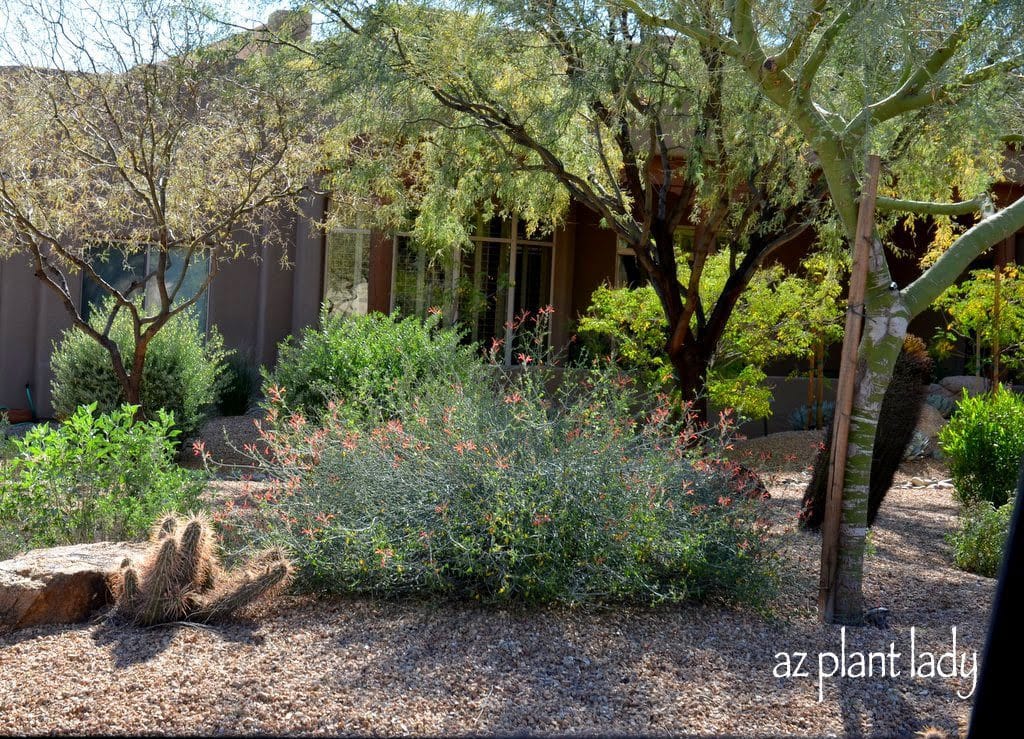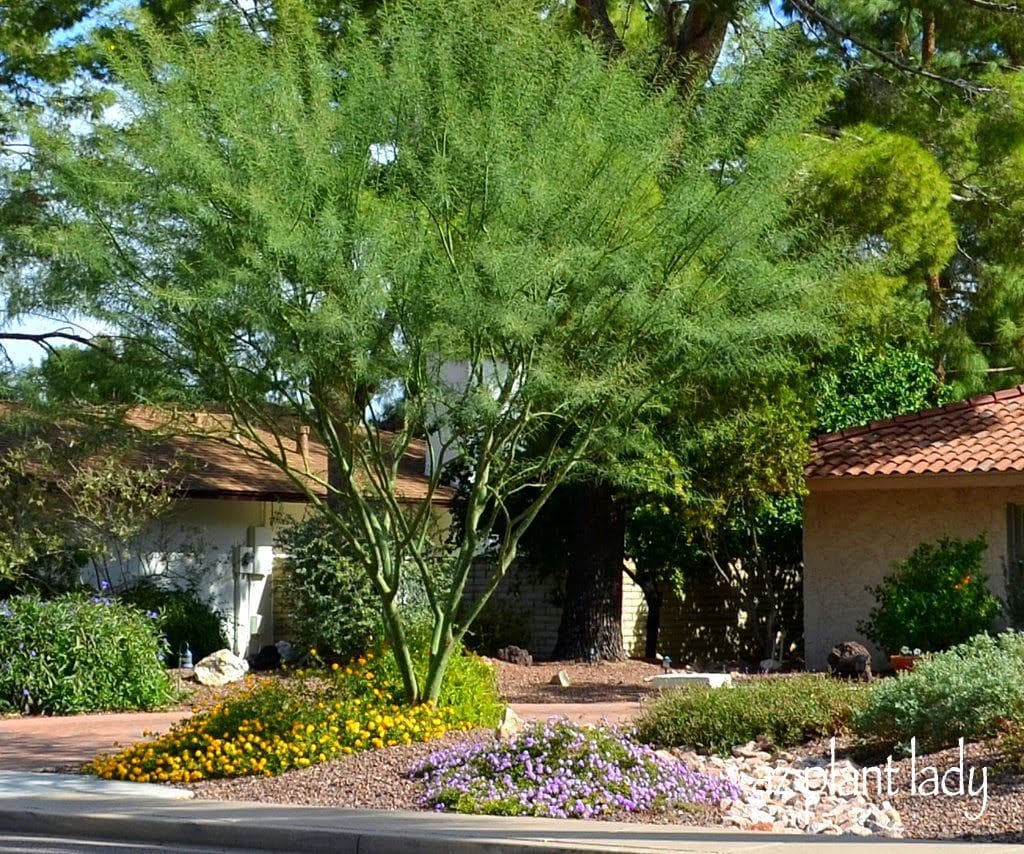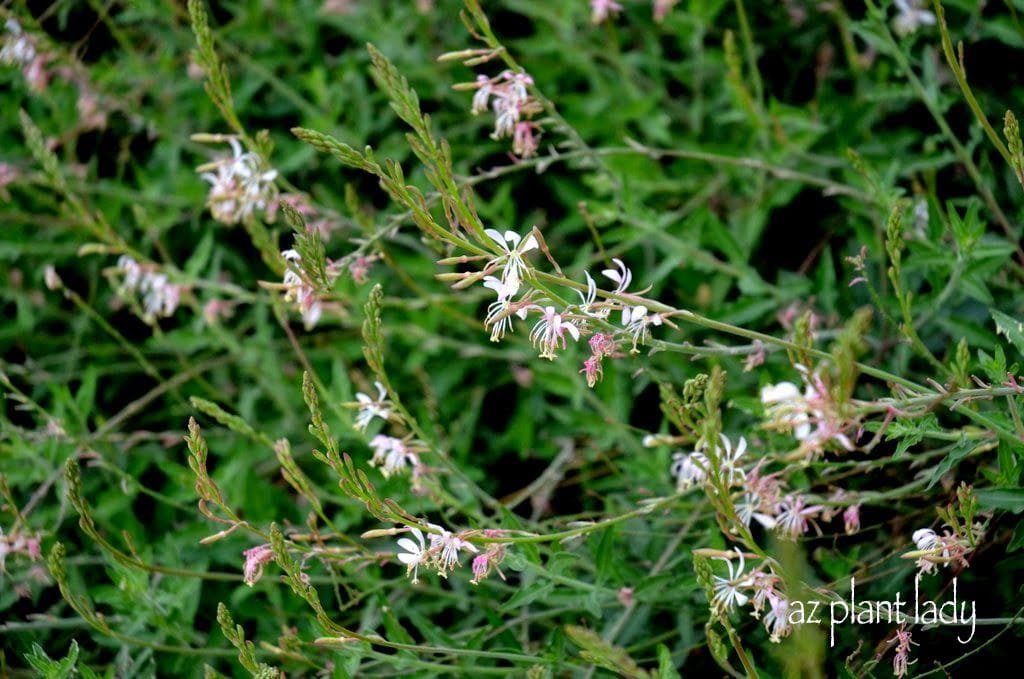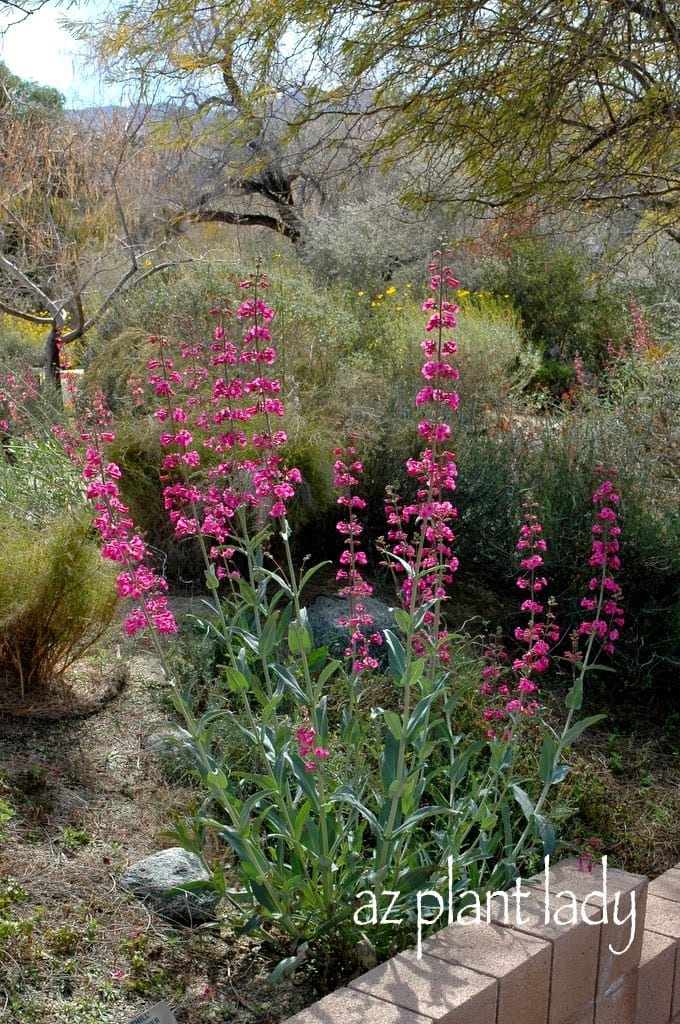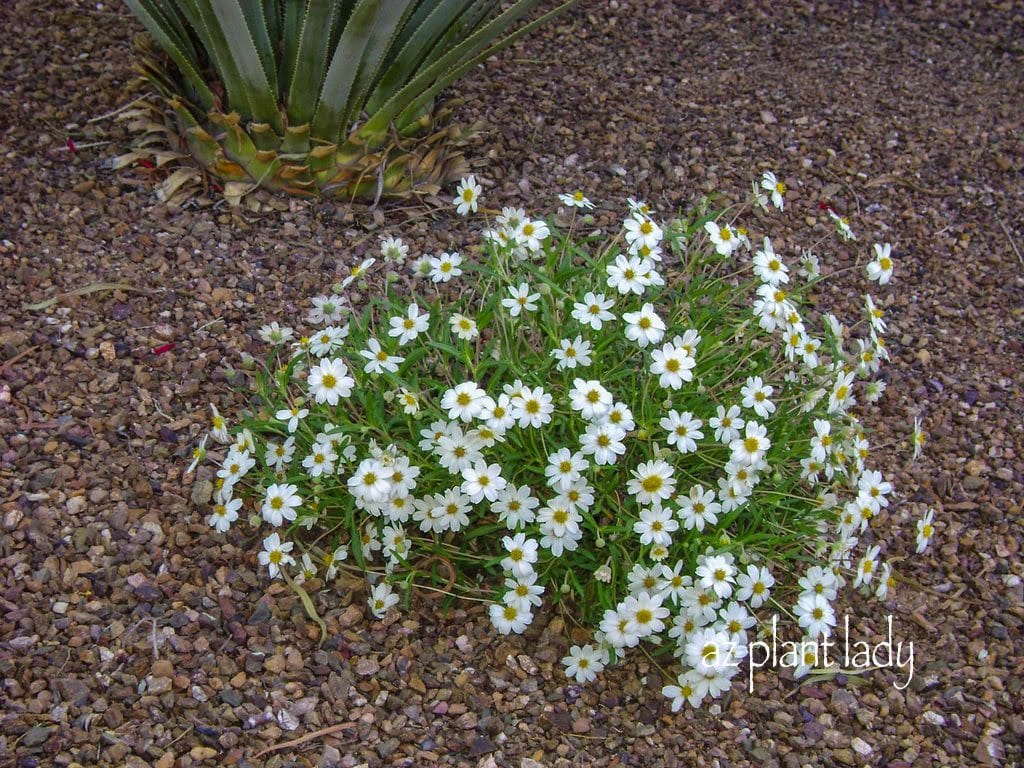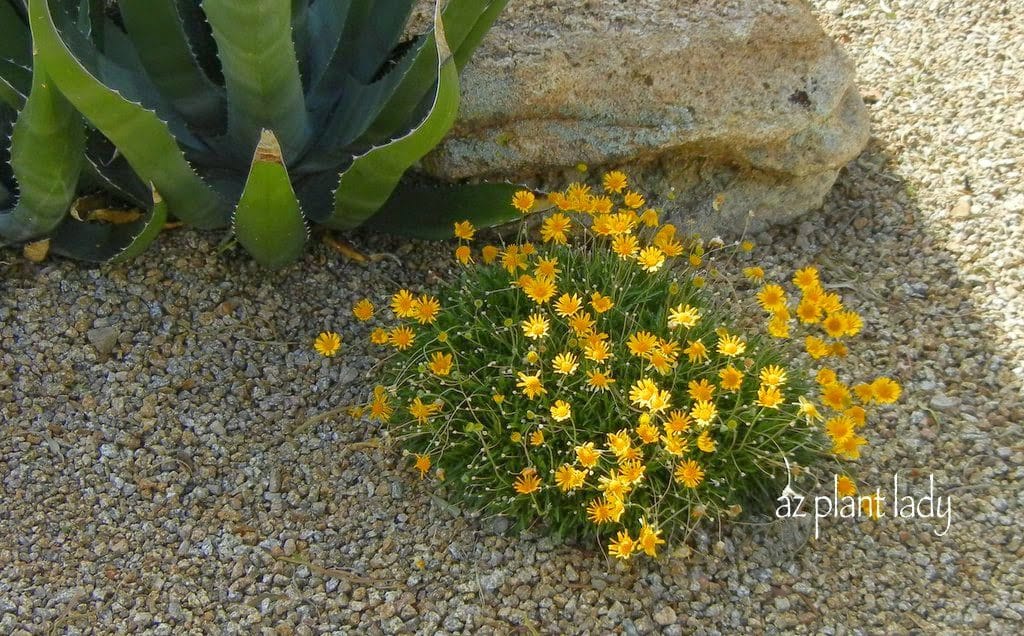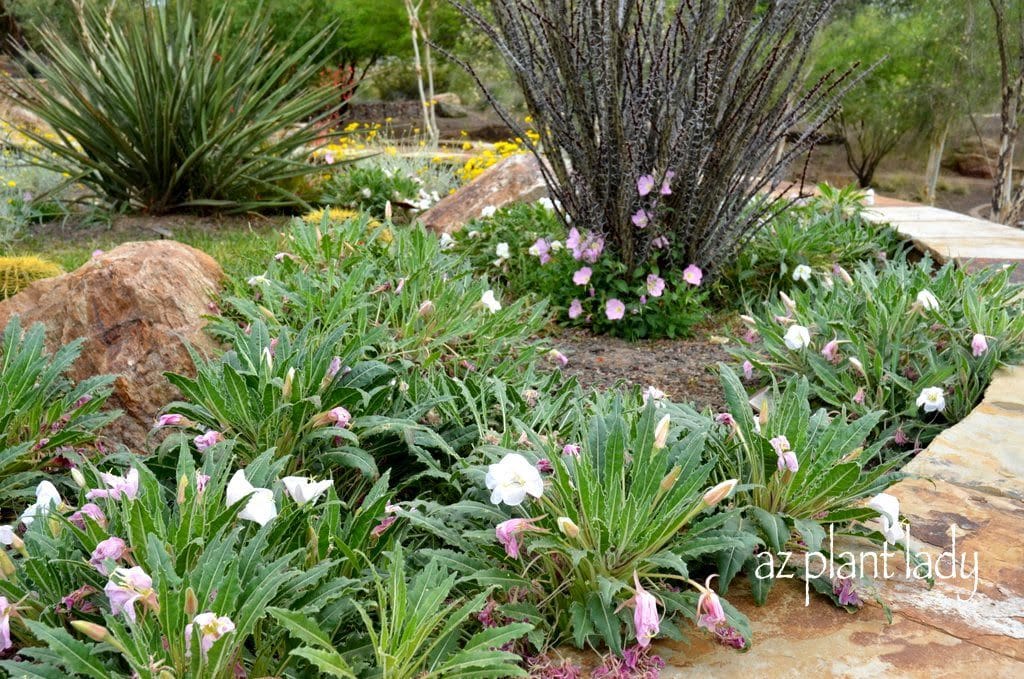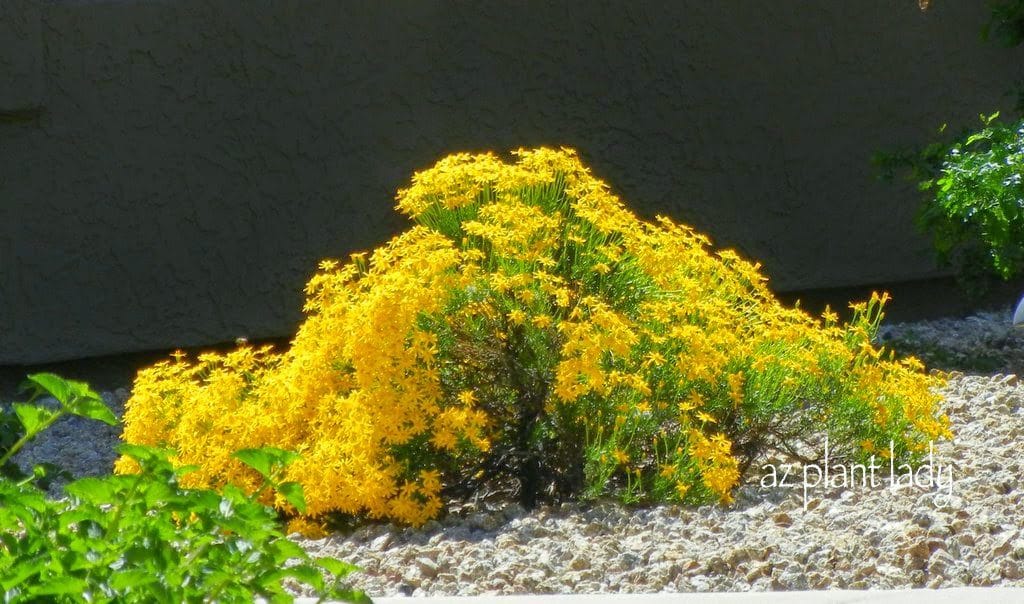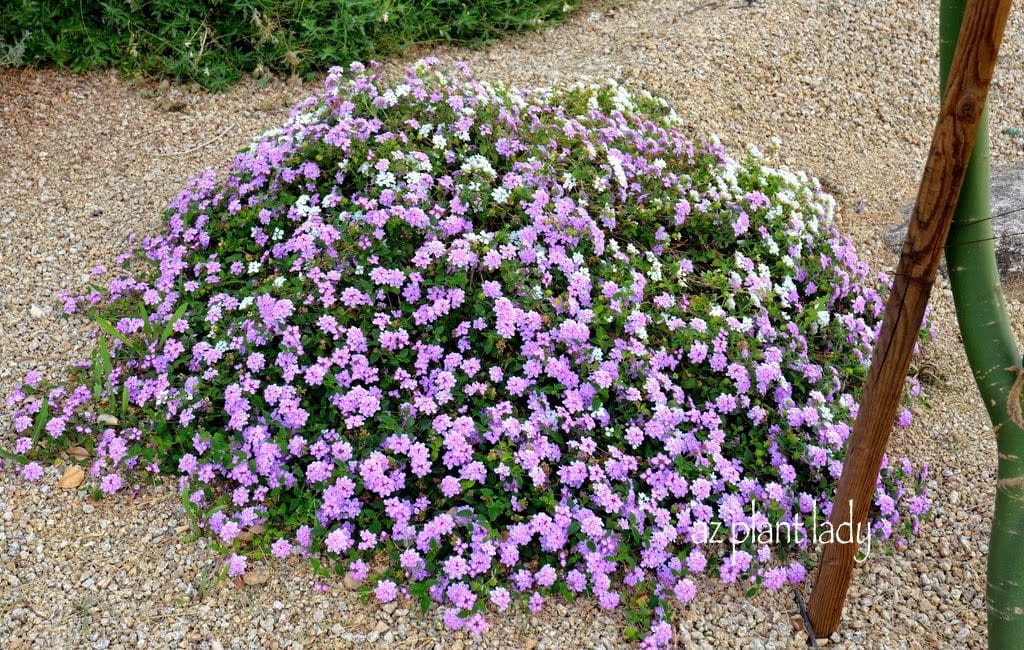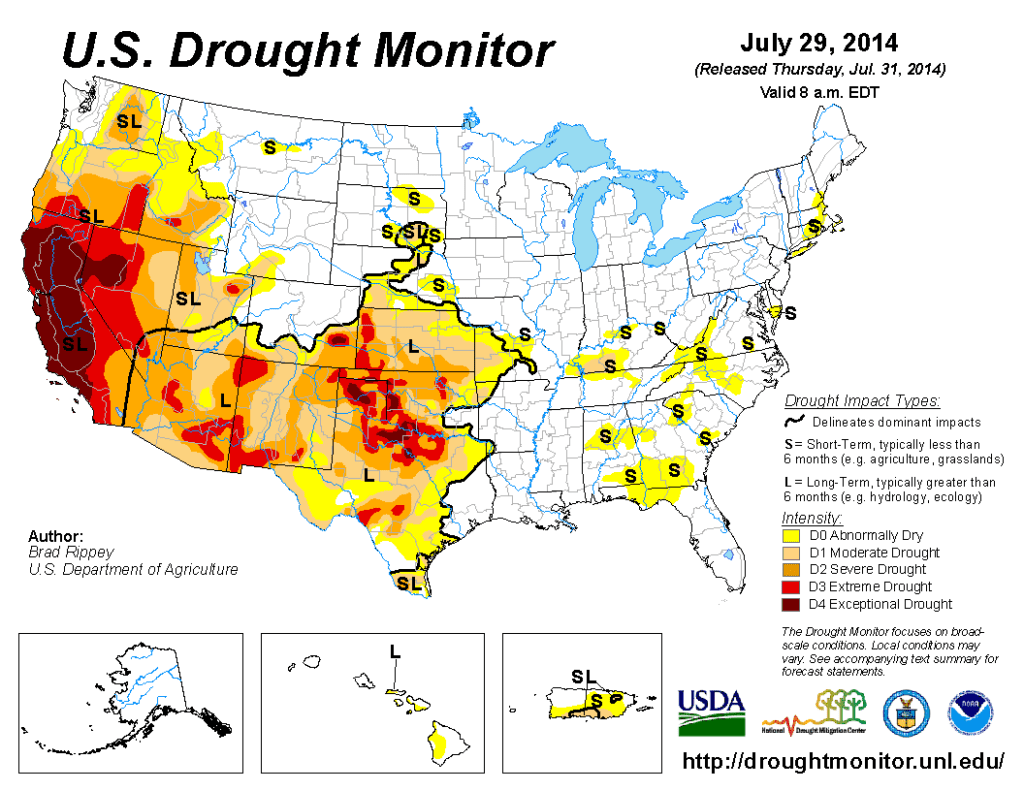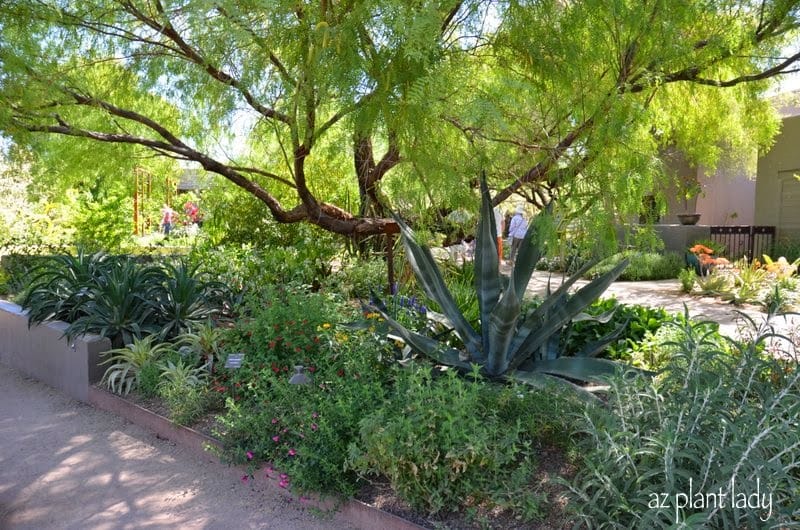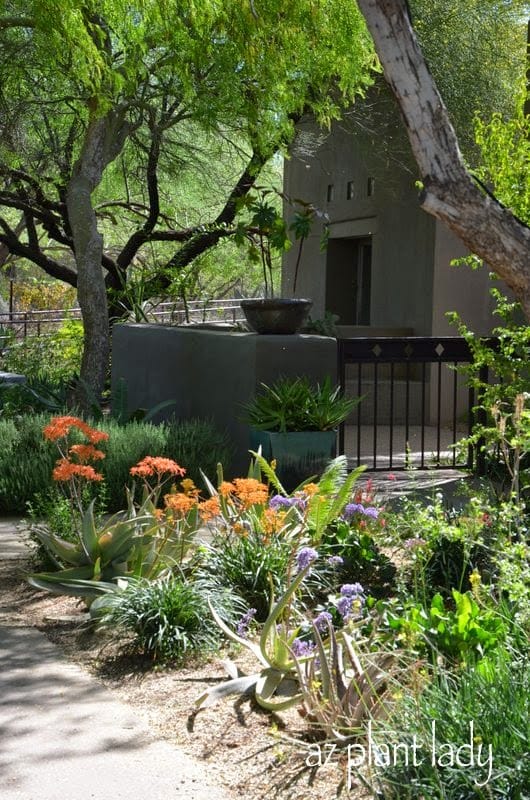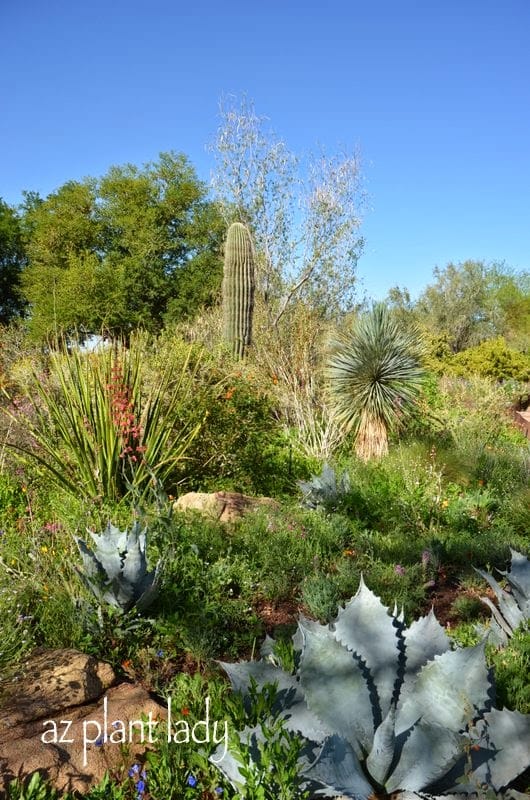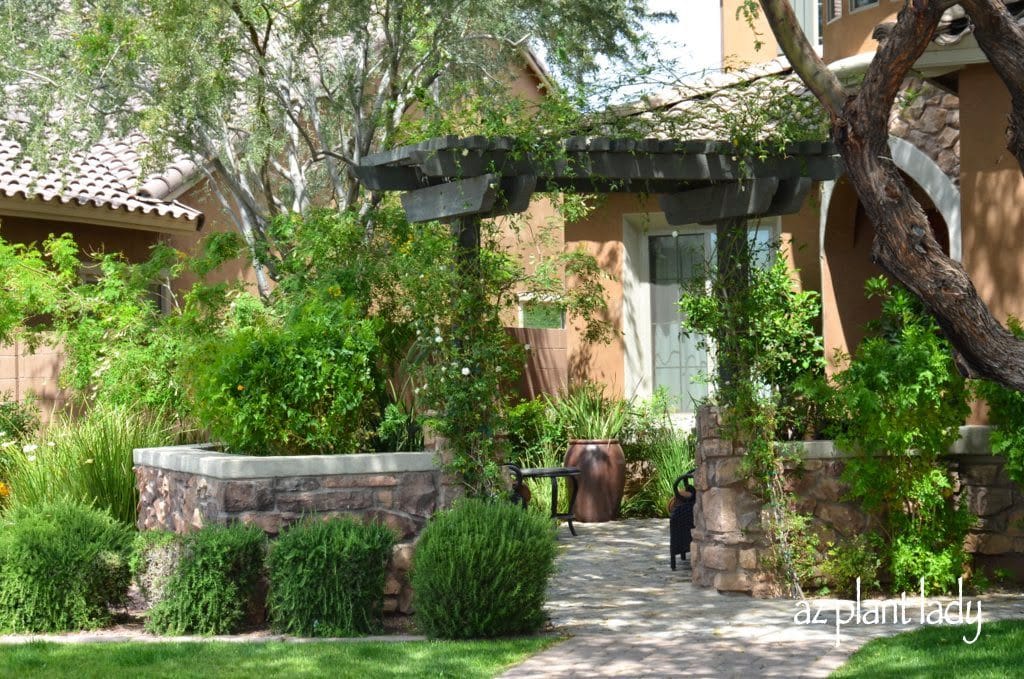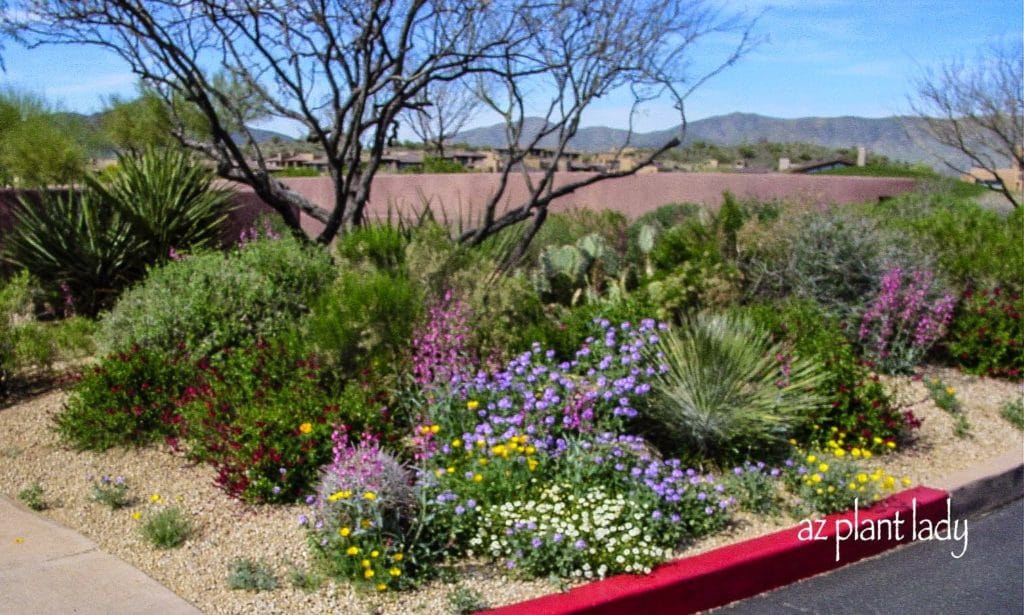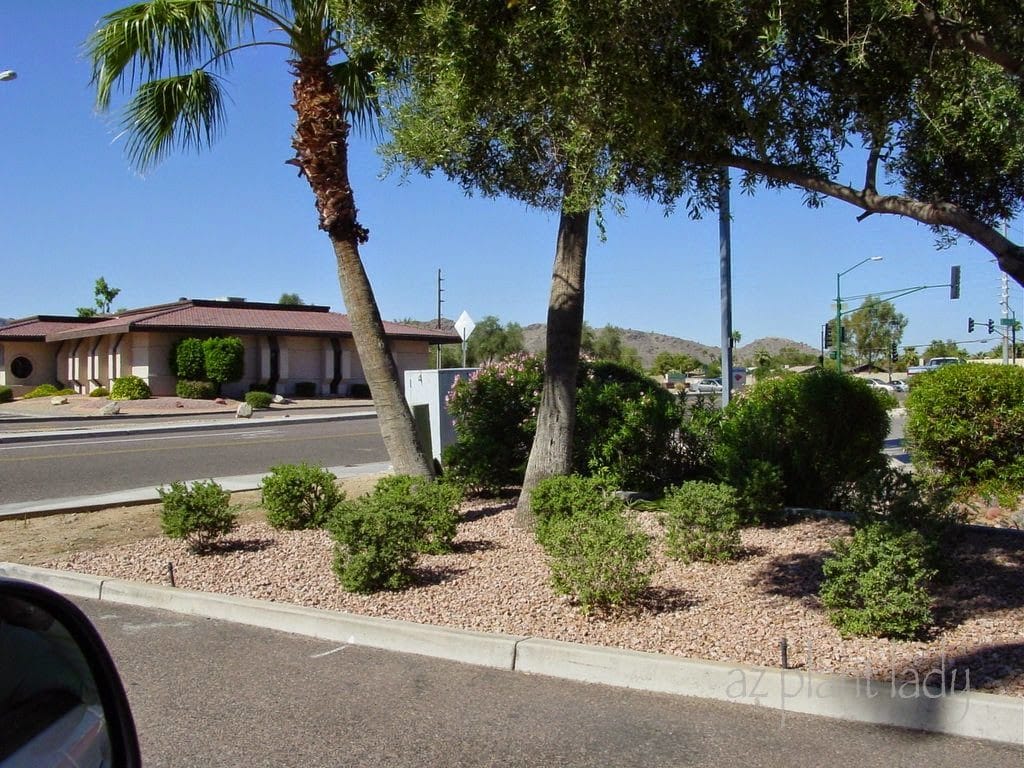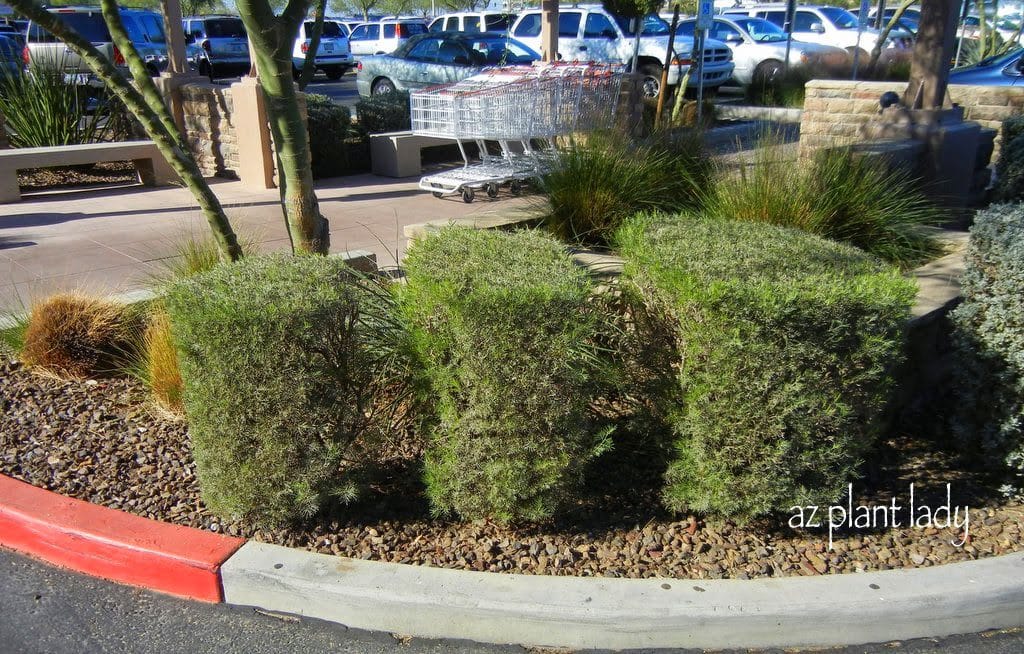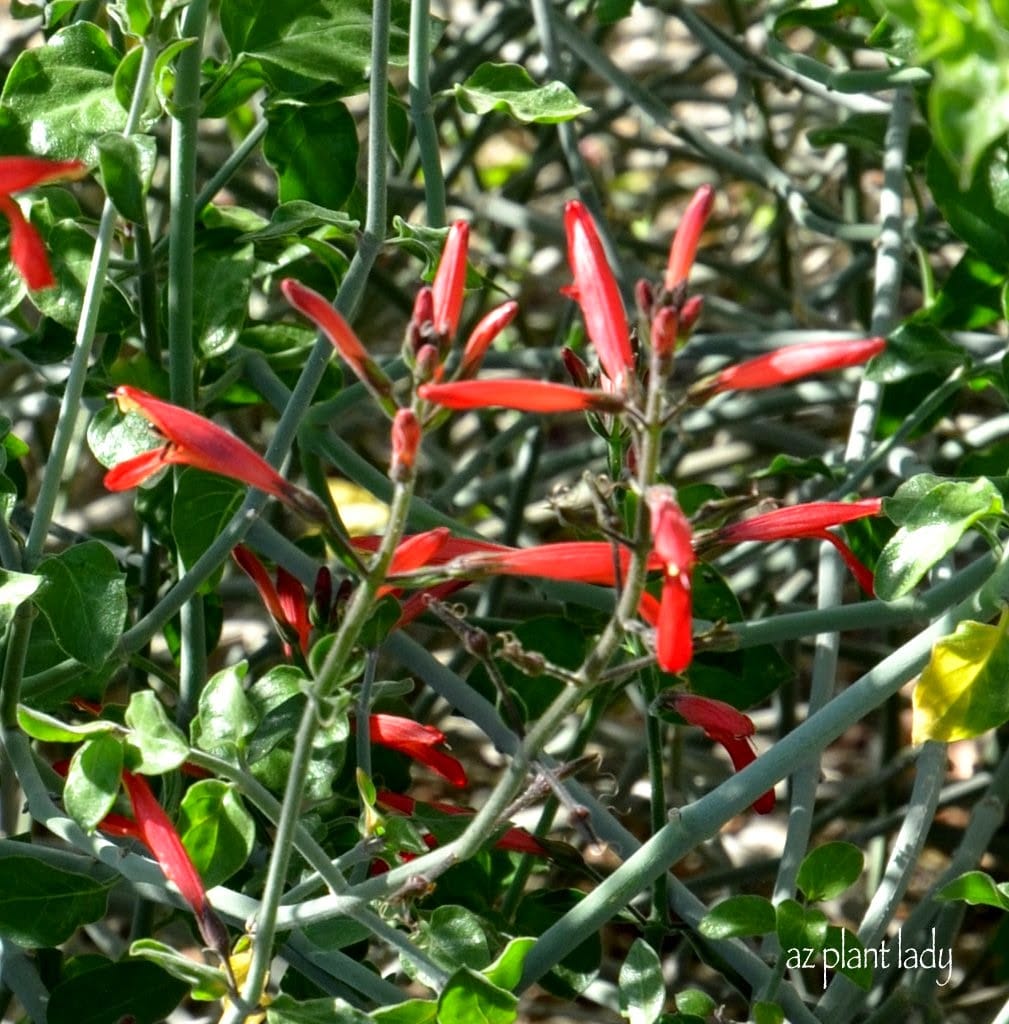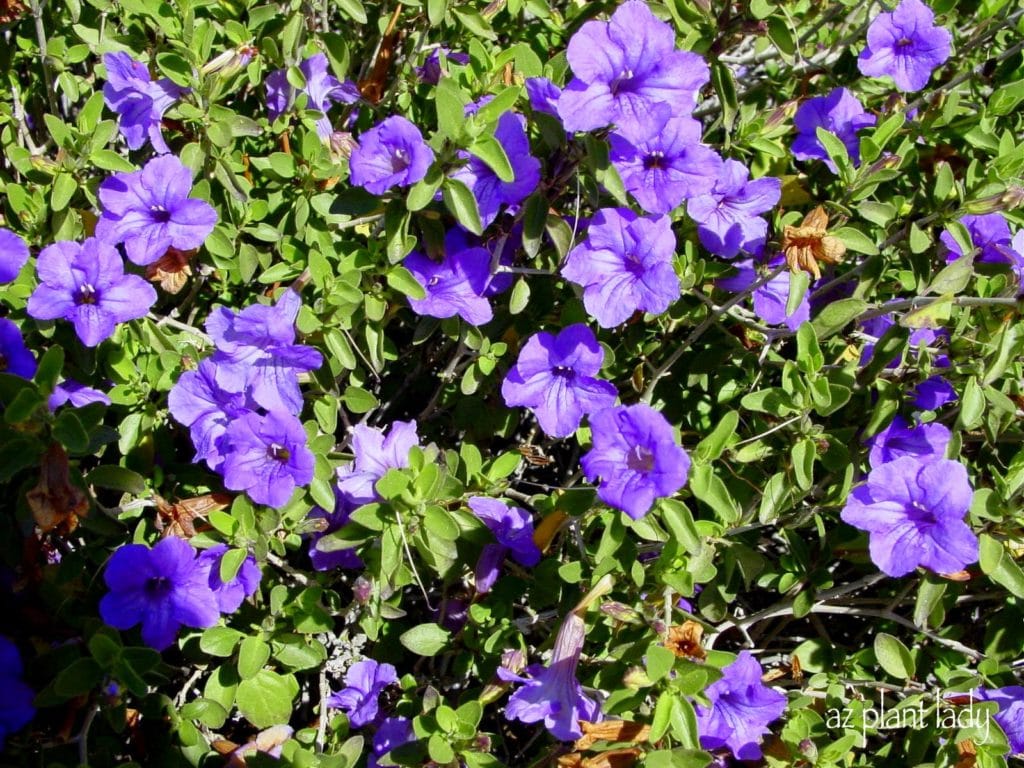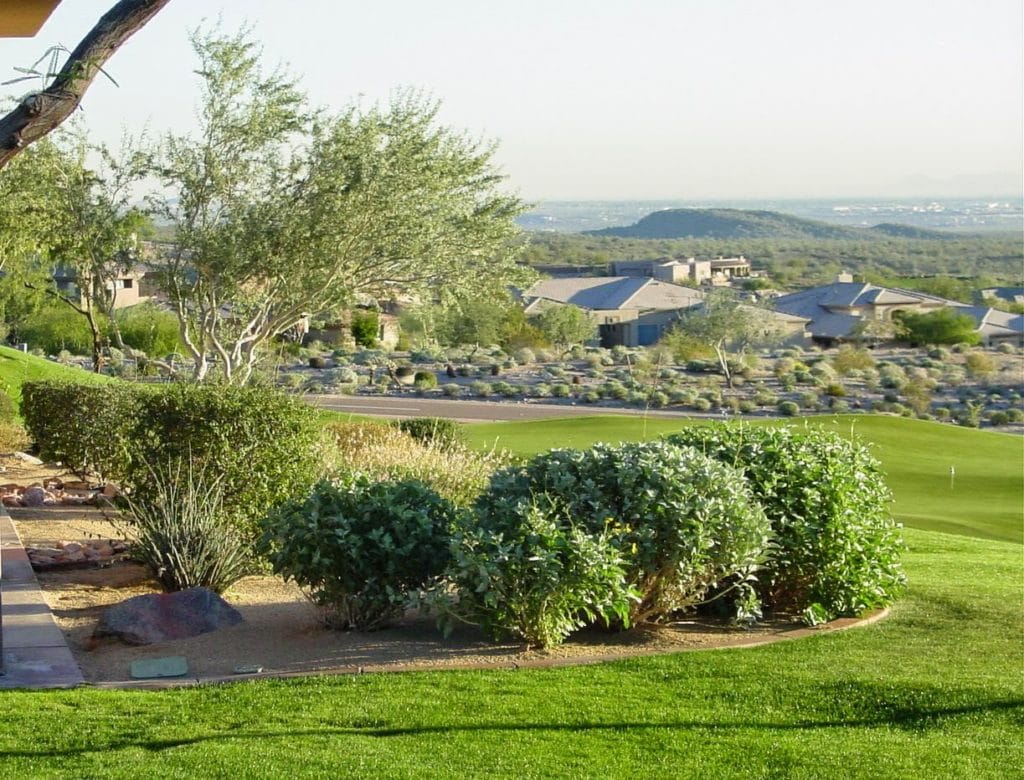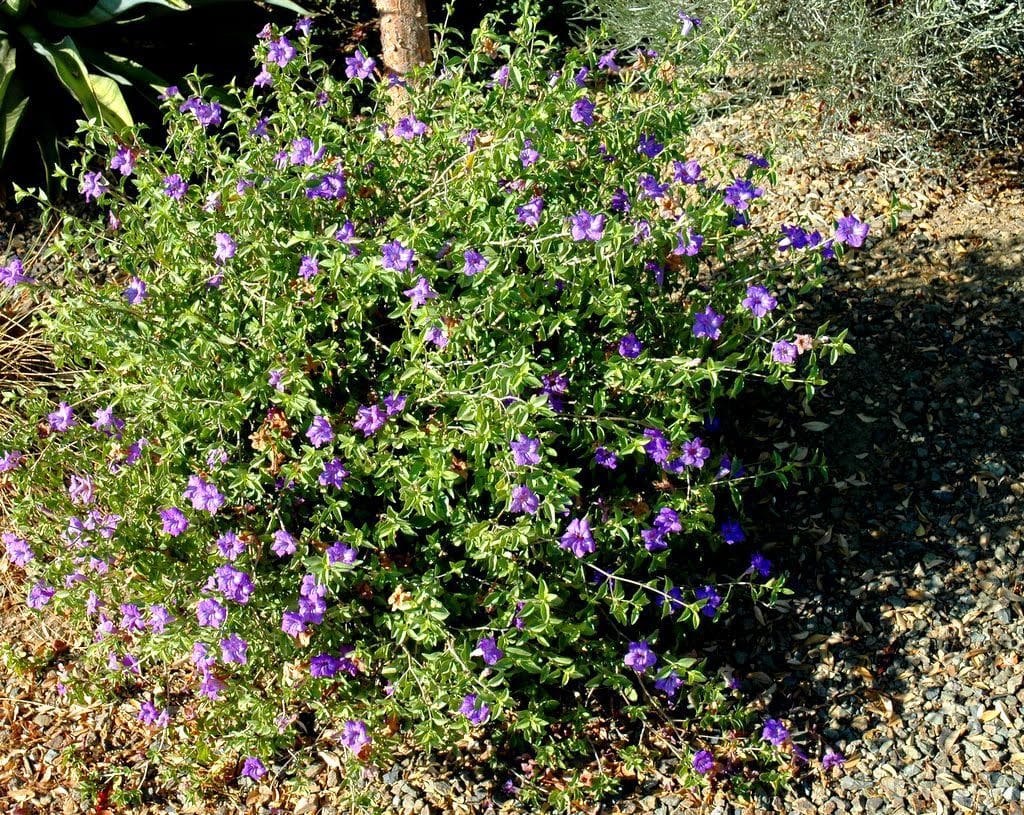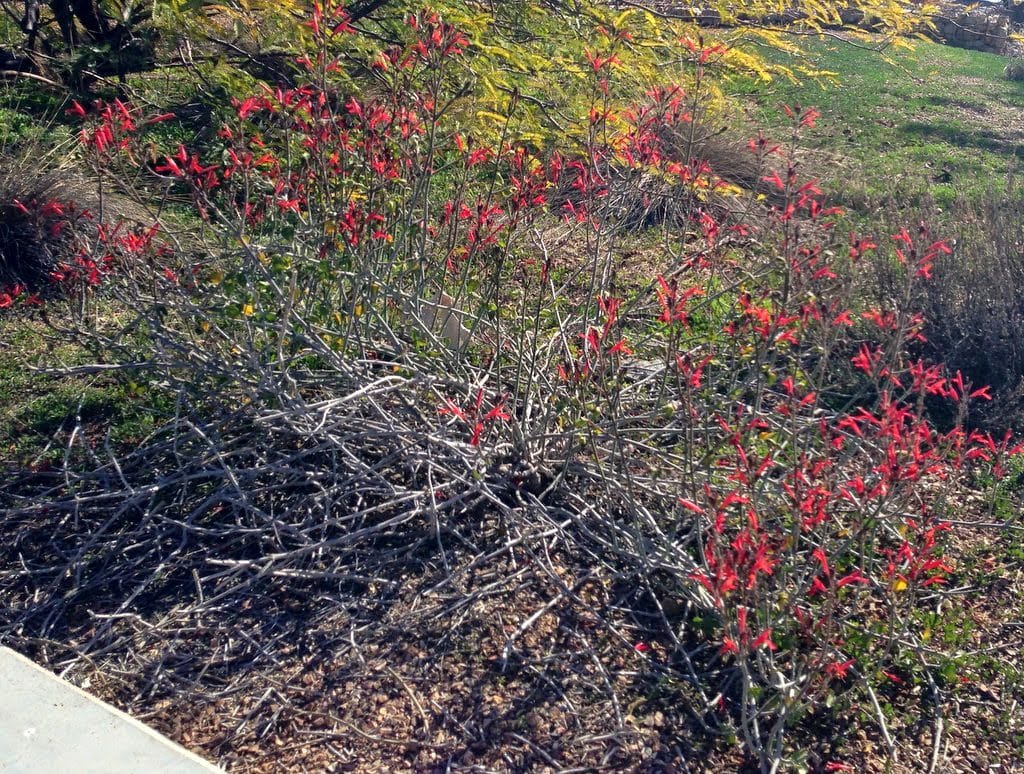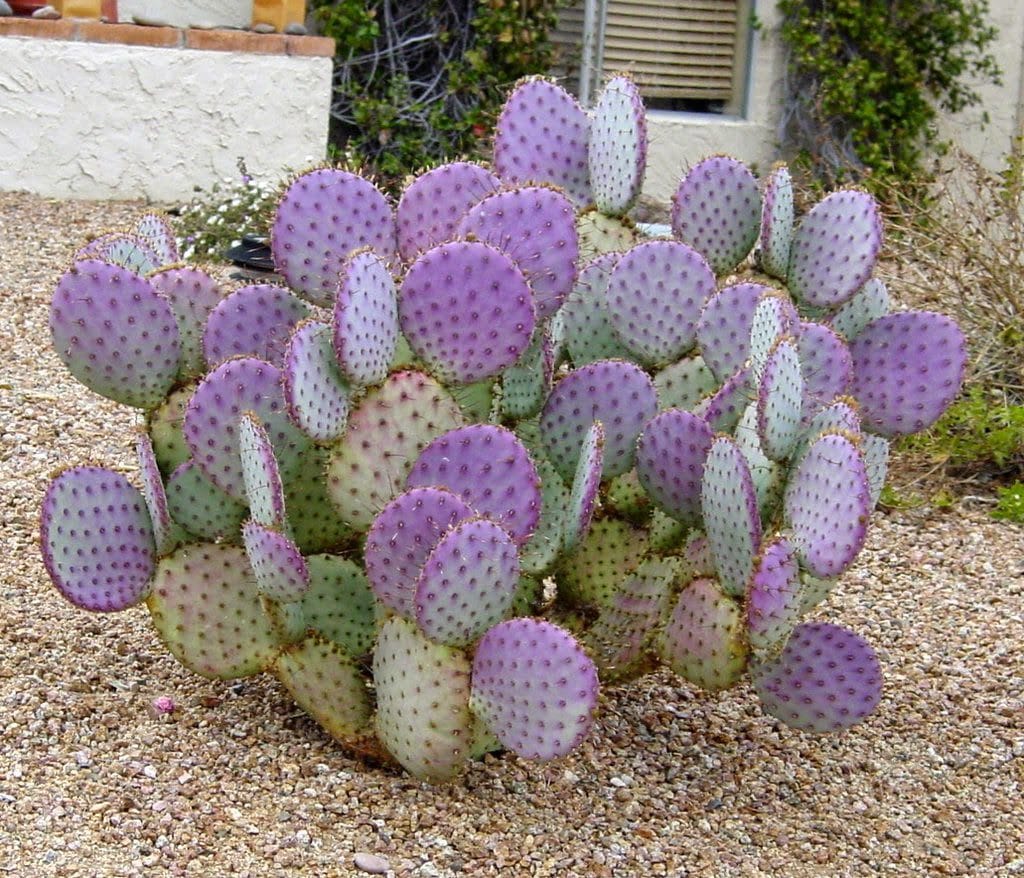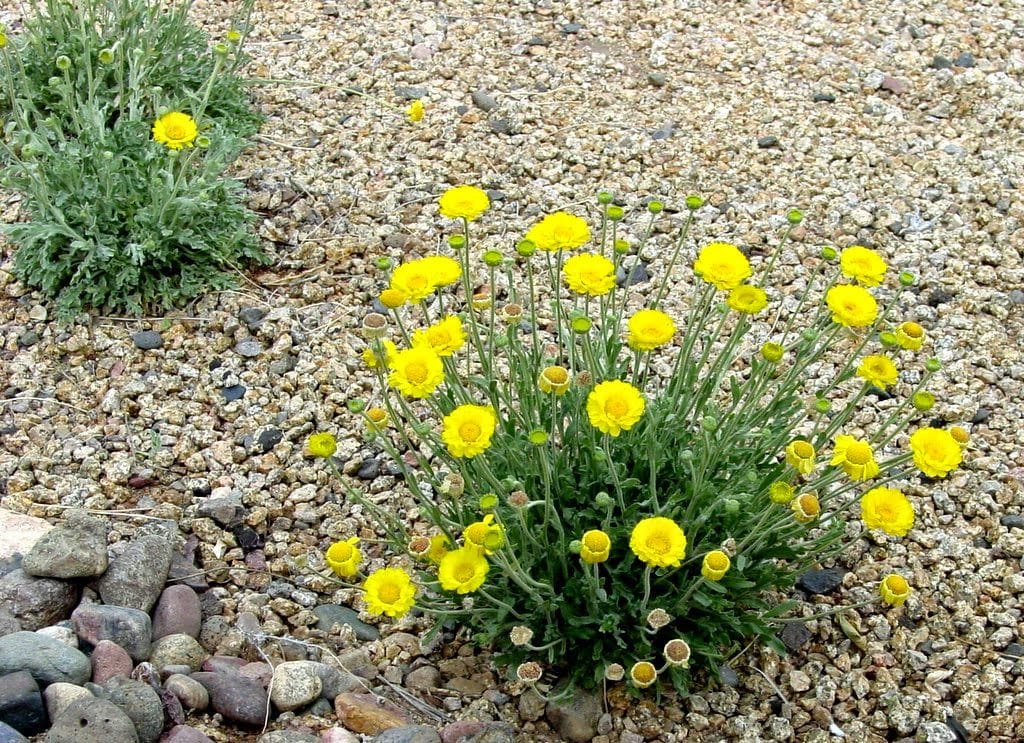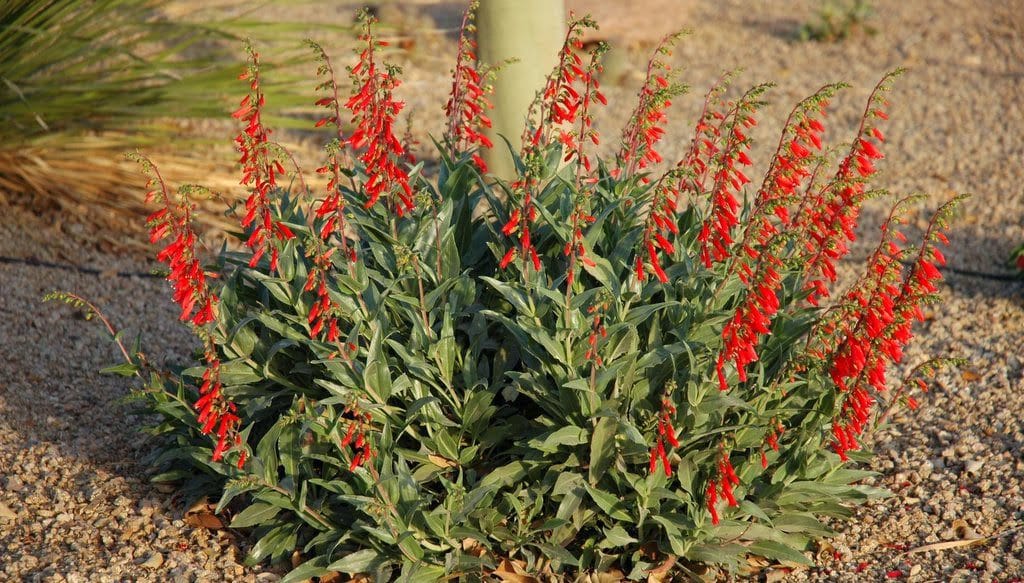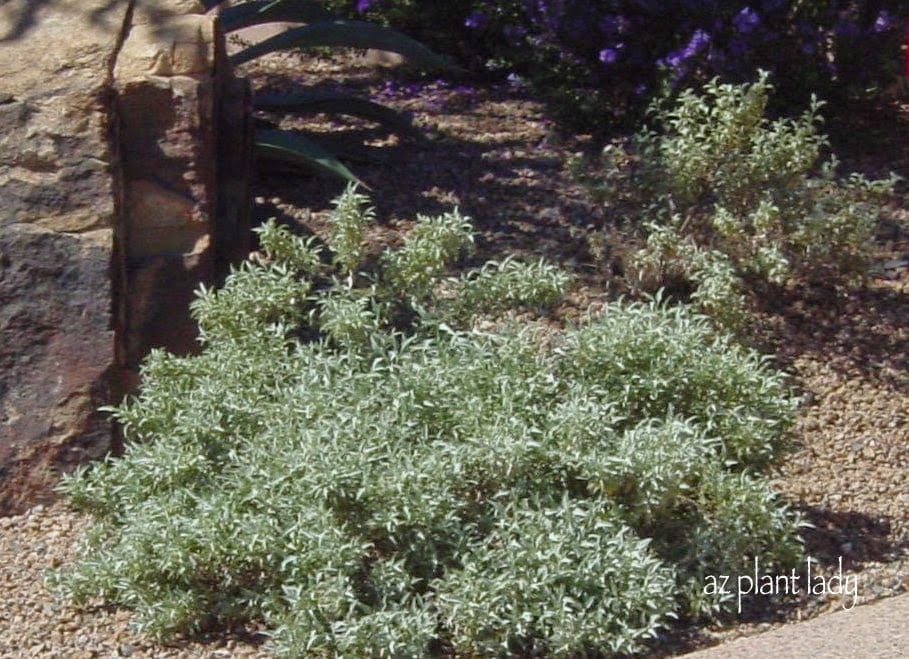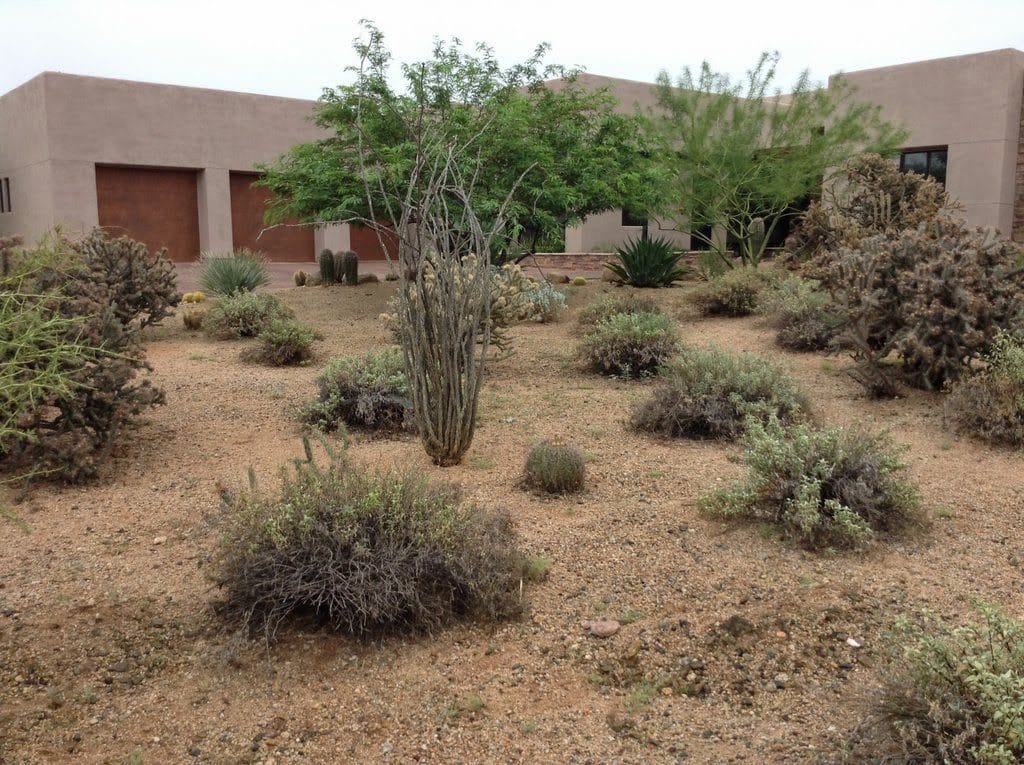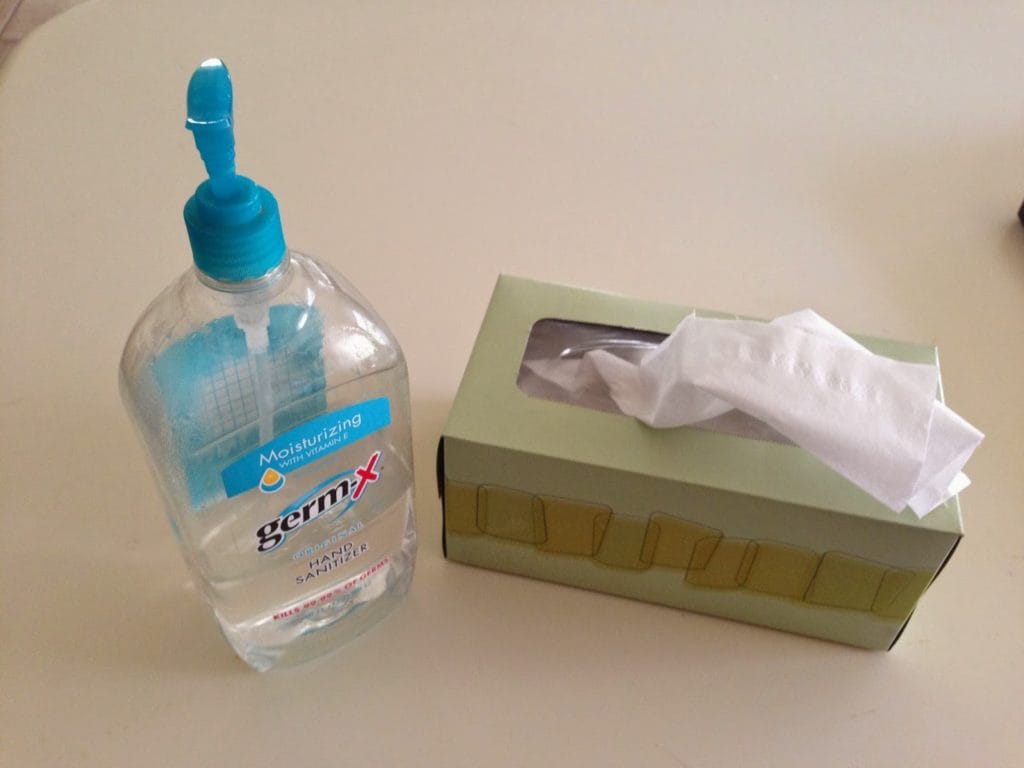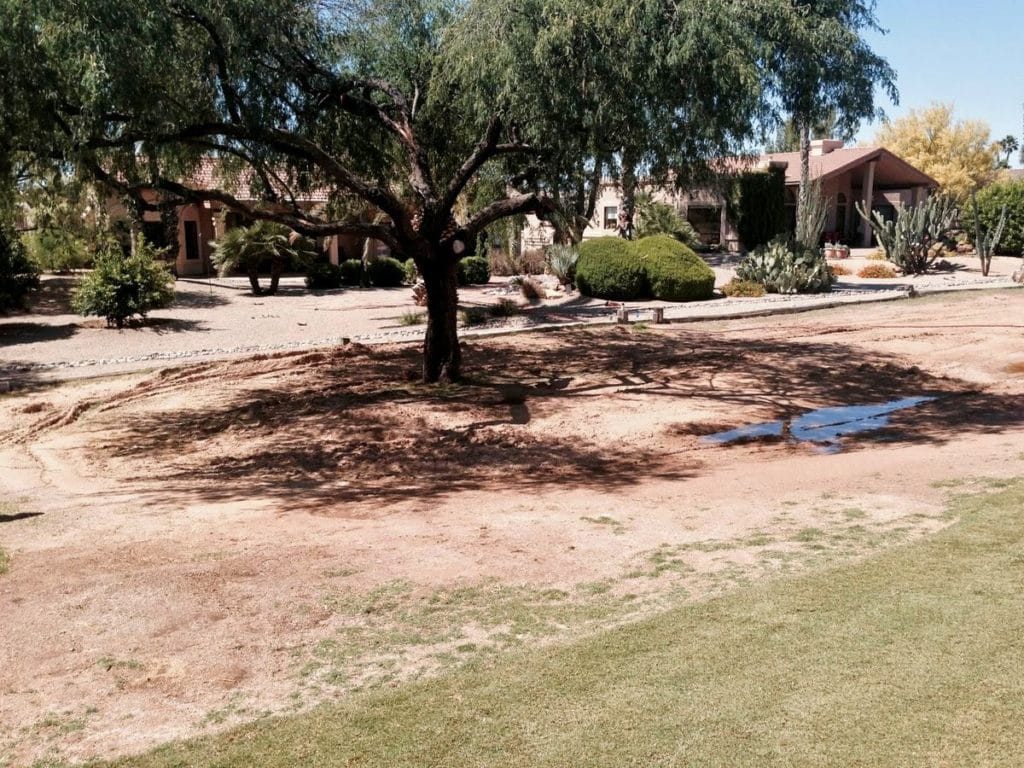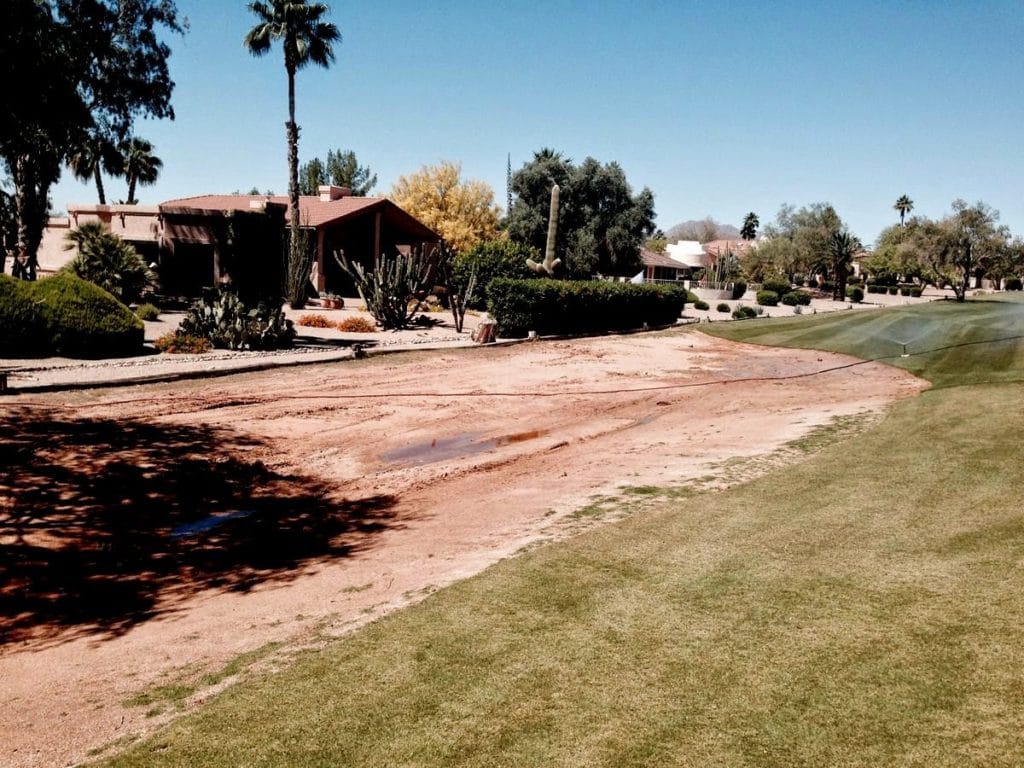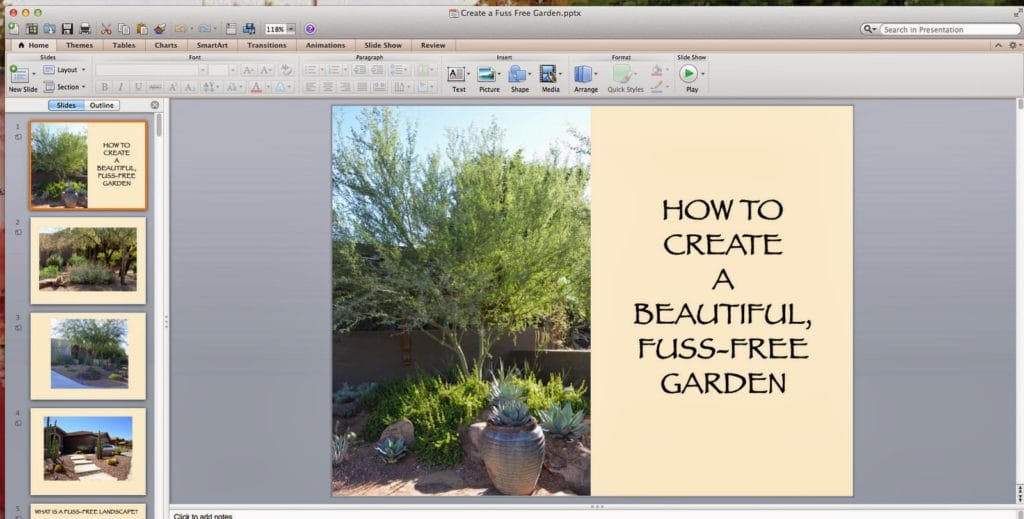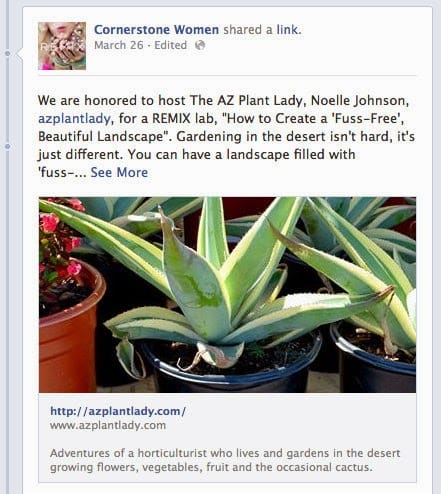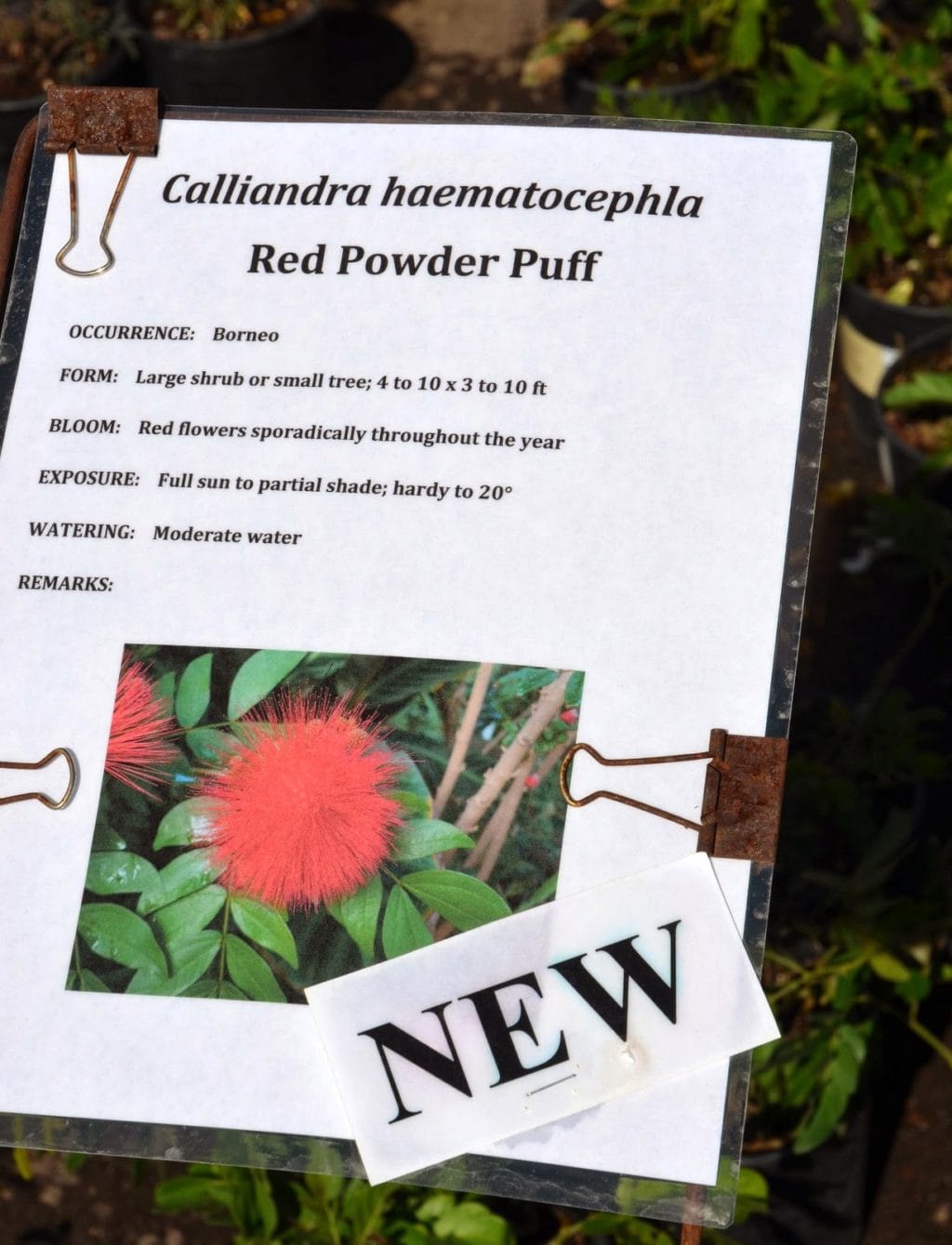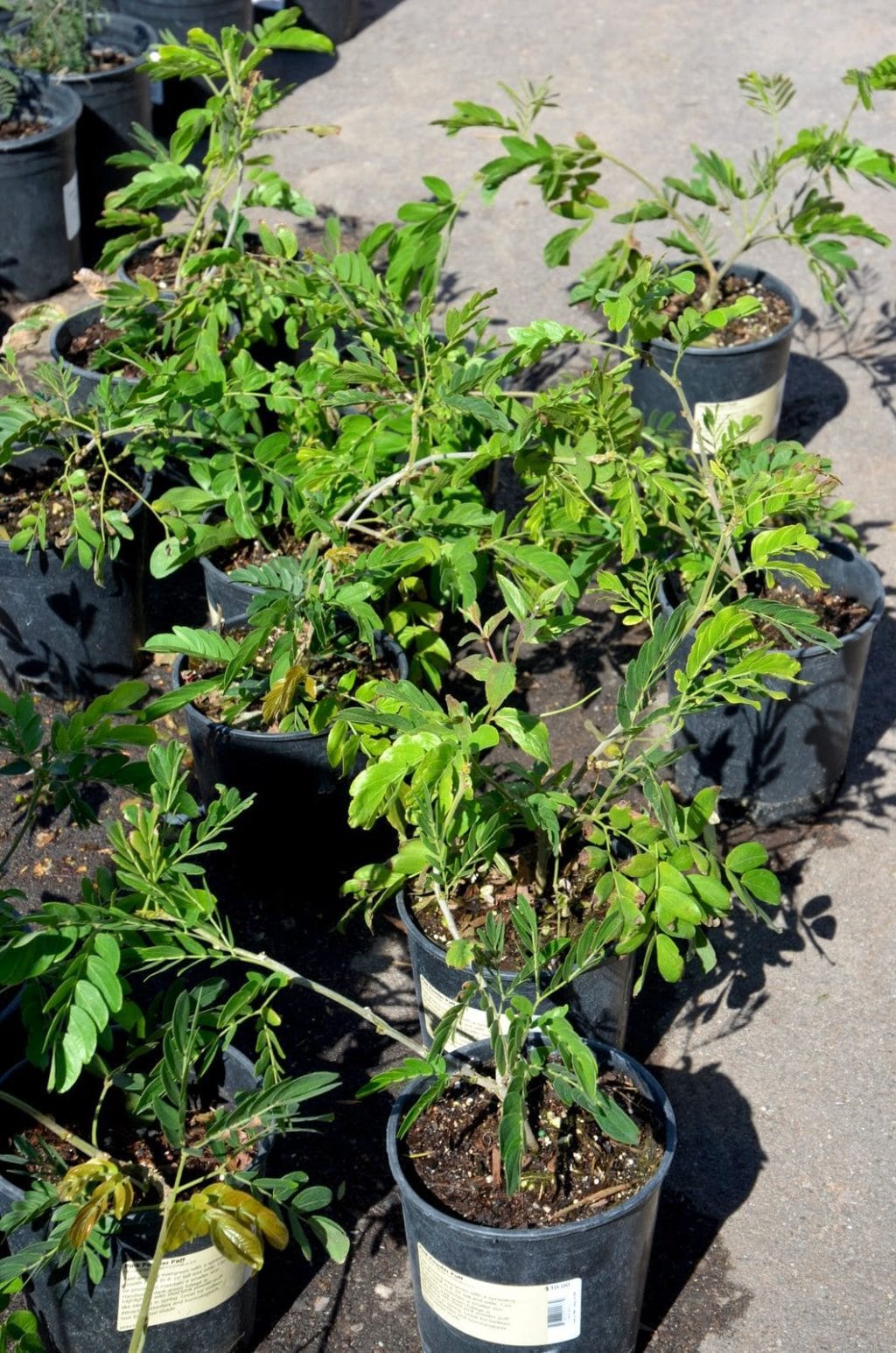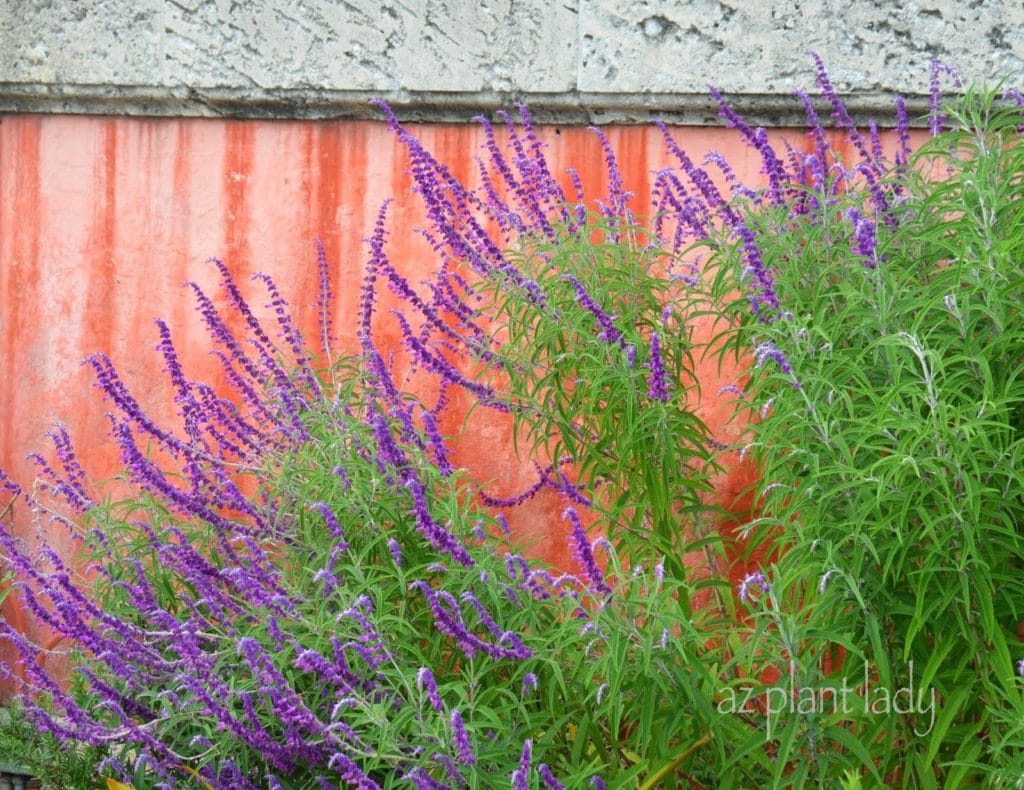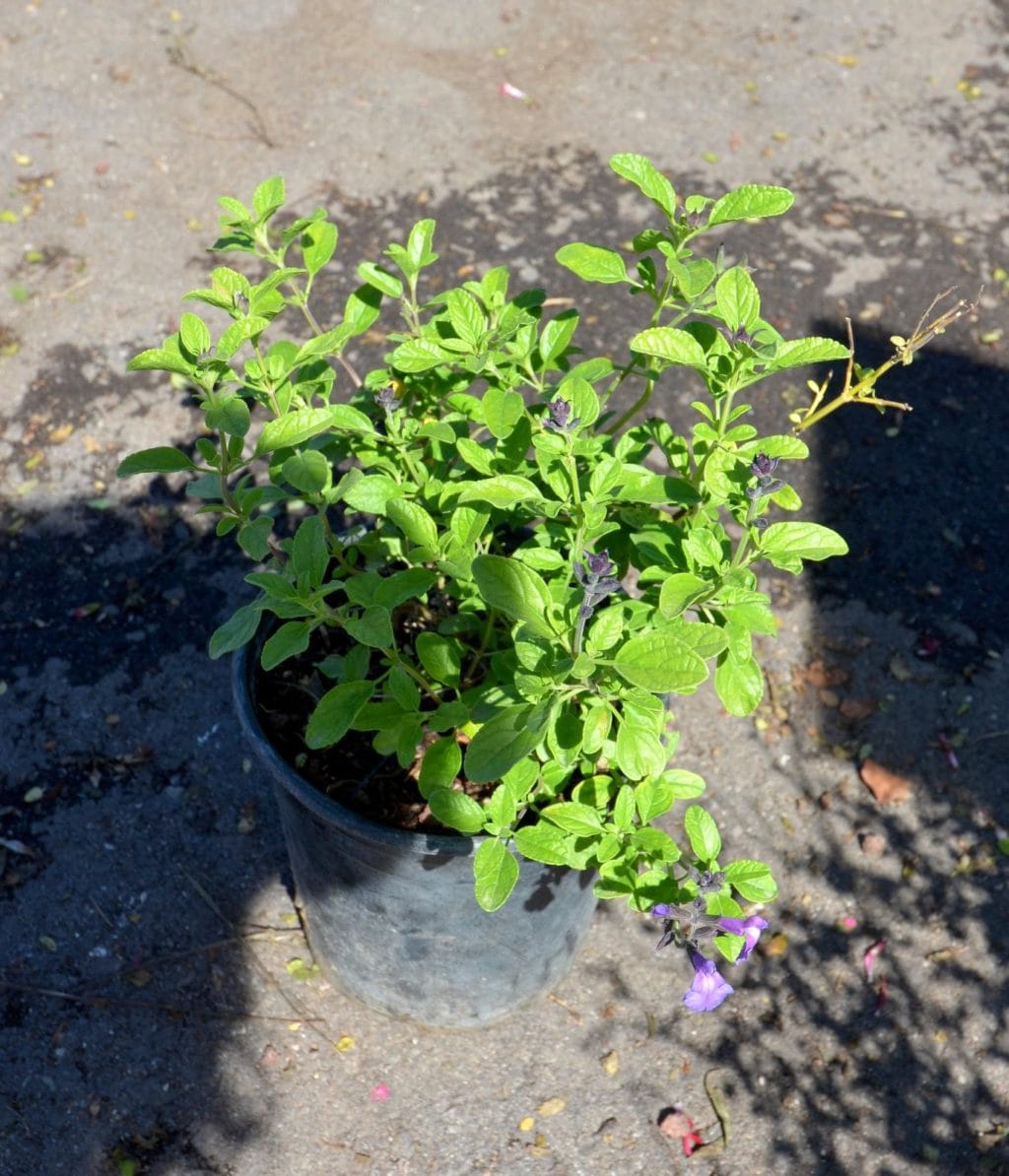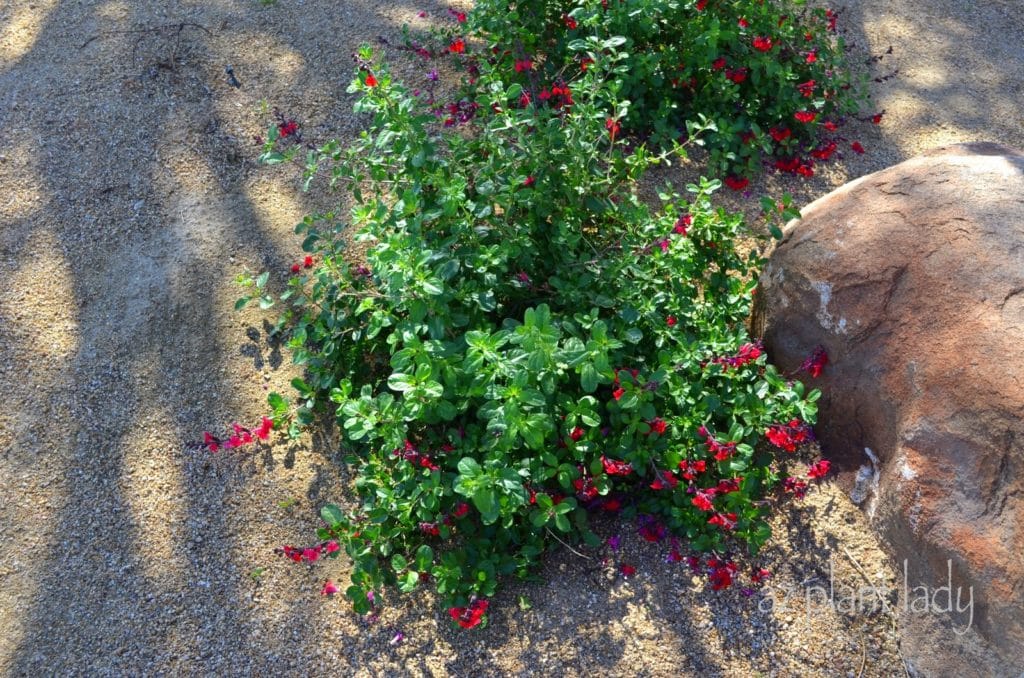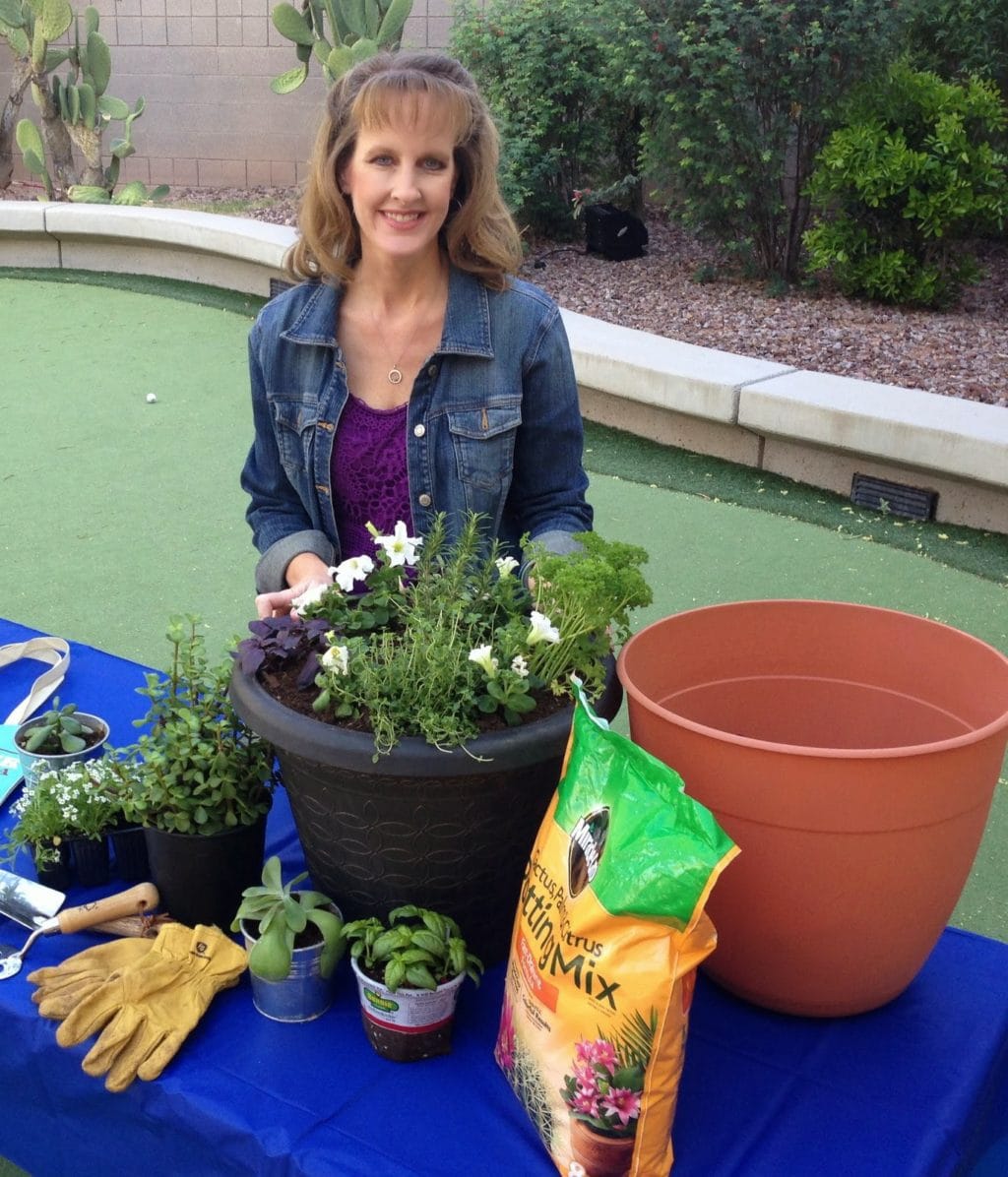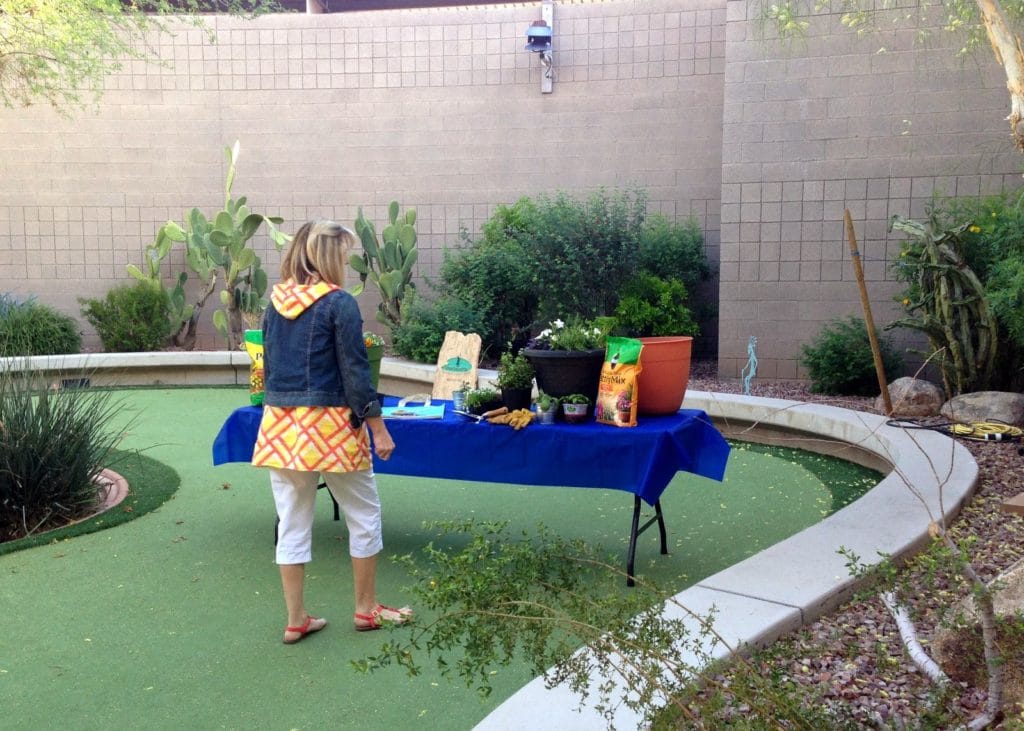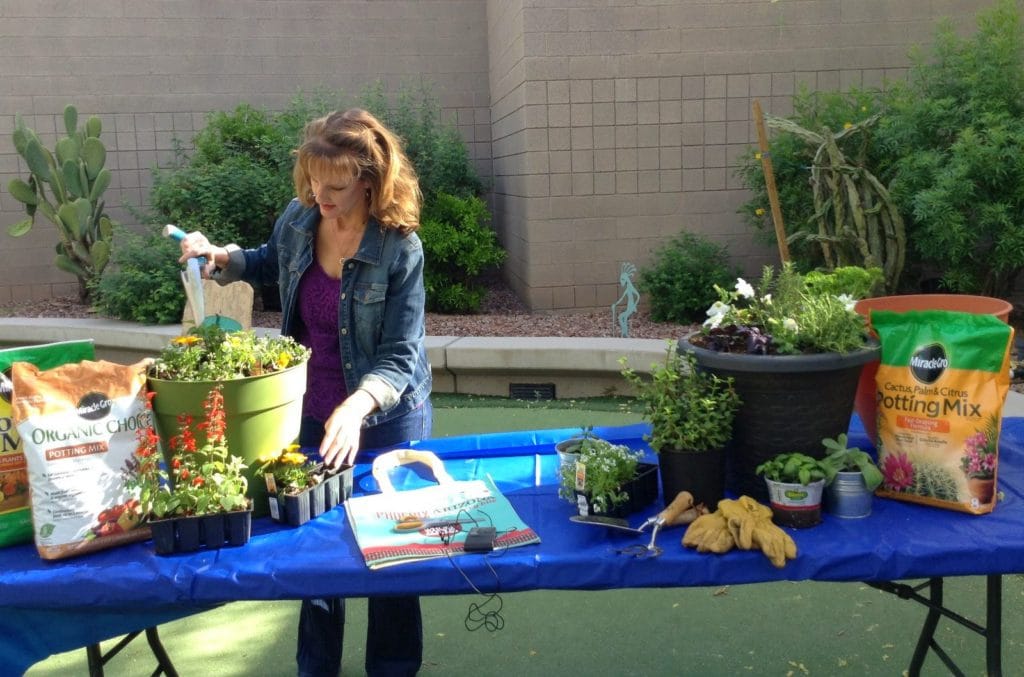Do you like using fresh herbs when you cook?
I do. But, I don’t like buying herbs from the store because they can be expensive and often aren’t very fresh looking.
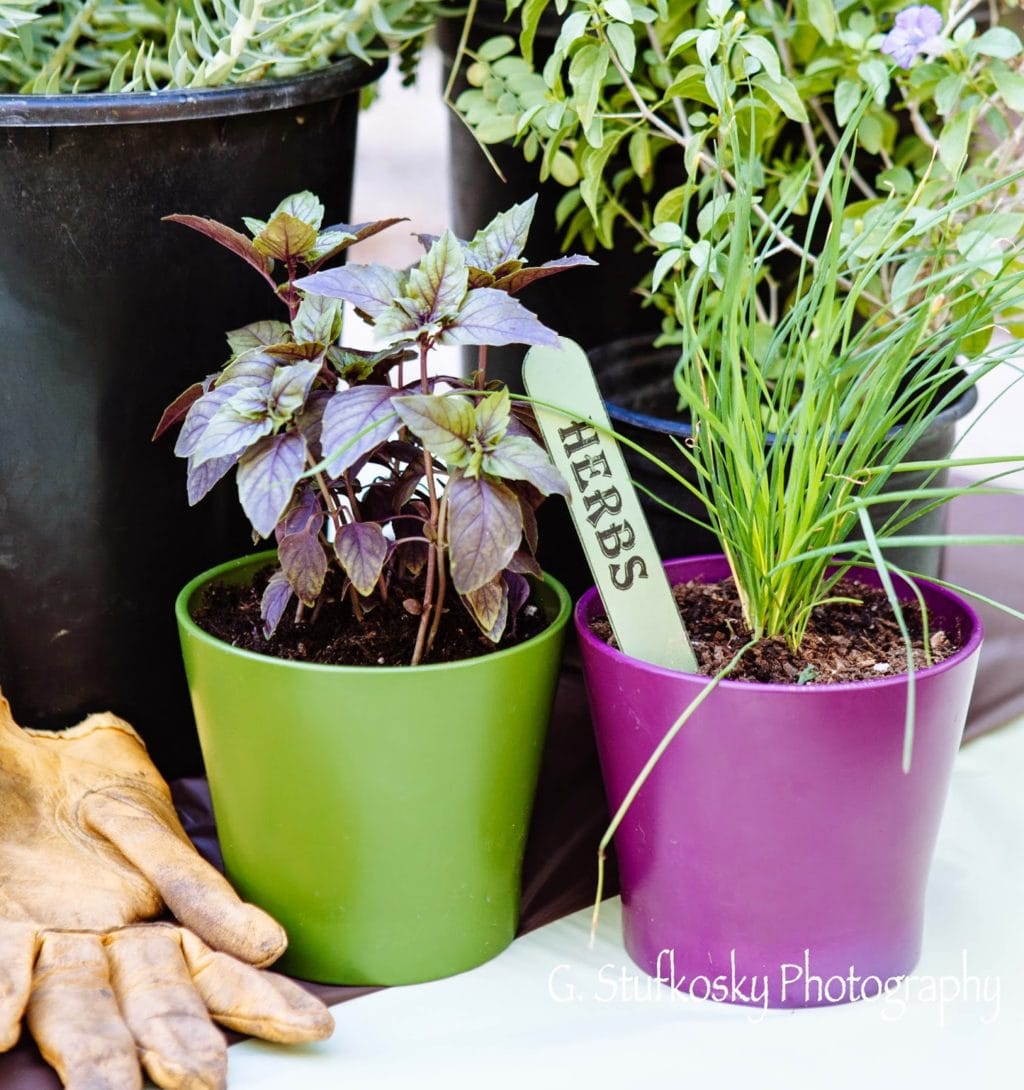
Photo: Purple basil and chives
I enjoy growing herbs outdoors in my garden, but I also grow herbs indoors on my kitchen windowsill.
Whether you have a garden, a balcony or a windowsill, you can grow herbs inside.
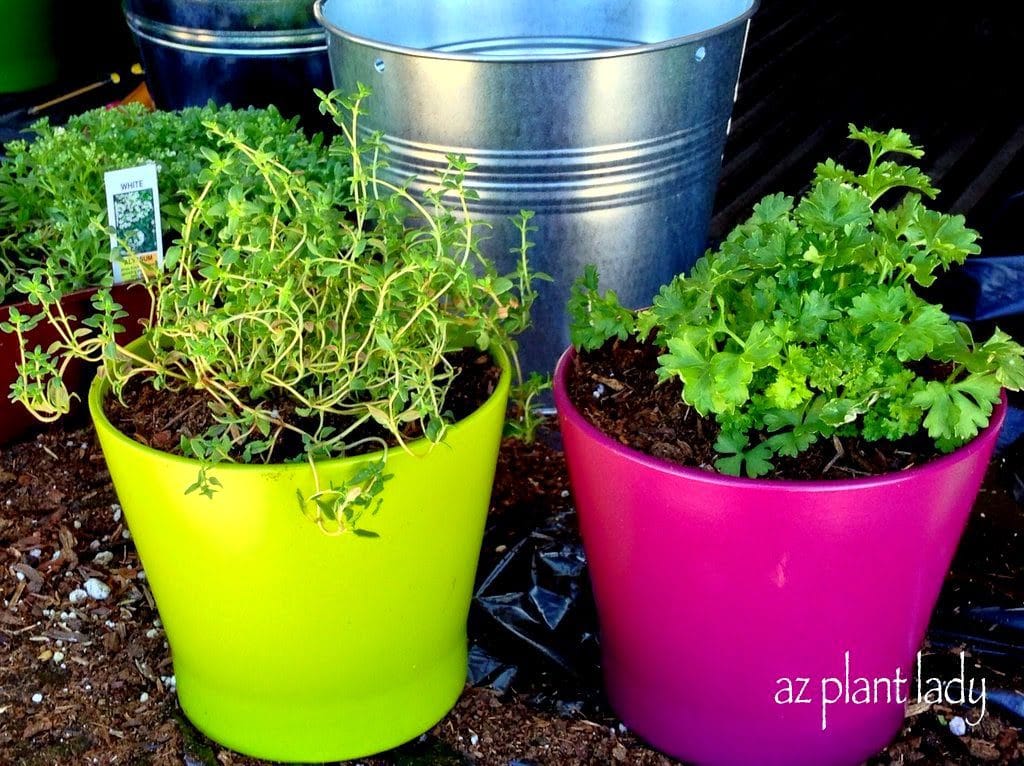
Many people grow herbs indoors during the winter time, but you can grow them inside all year long.
So, are you ready to grow your own fresh herbs? Let’s get started…
1. Select a place to put your potted herbs that has a sunny window. –
A window that faces south is best, but east facing will also work. West facing windows may be too hot in if you live in the desert, but you can experiment with it. Herbs need at least 4 – 5 hours of sun.
It’s important to note that herbs grown indoors won’t look as compact or lush as those grown outdoors, which is due to the fact that they don’t get as much sun indoors.
2. Choose plastic or glazed containers with holes for drainage.
It’s best to avoid terra-cotta pots, which can dry out – especially during the winter when the air in our homes can be dry from heating.
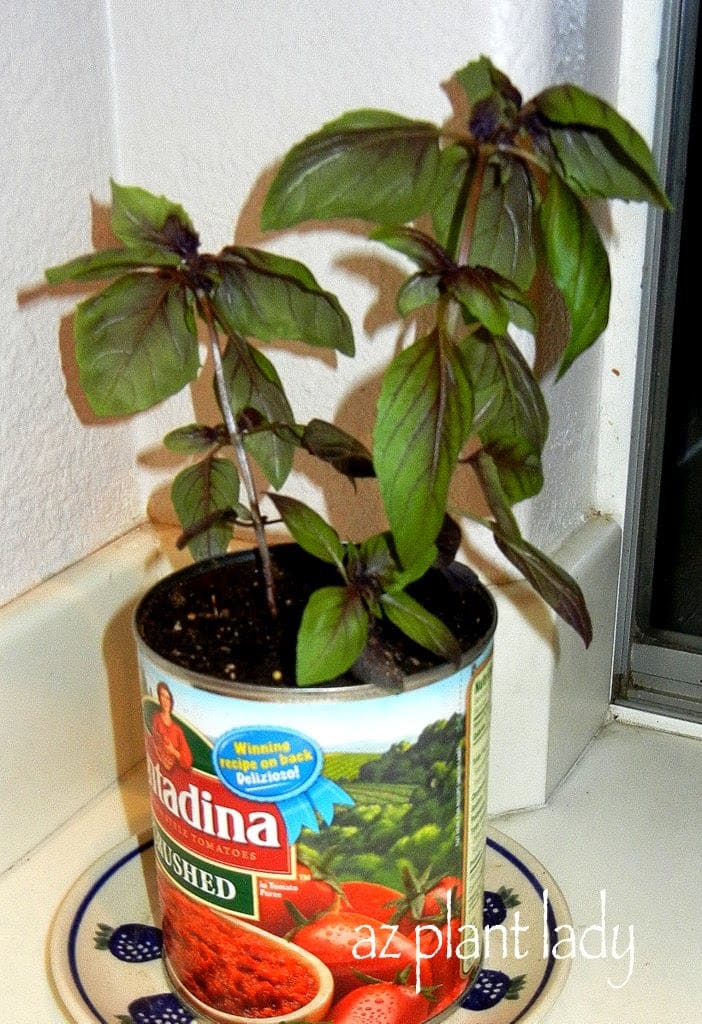
growing herbs indoors
You can also use cans as recycled containers. I have grown herbs in tomato cans as well as coffee cans.
A row of cans with their labels removed, filled with herbs would add a real contemporary look to the kitchen, don’t you think?
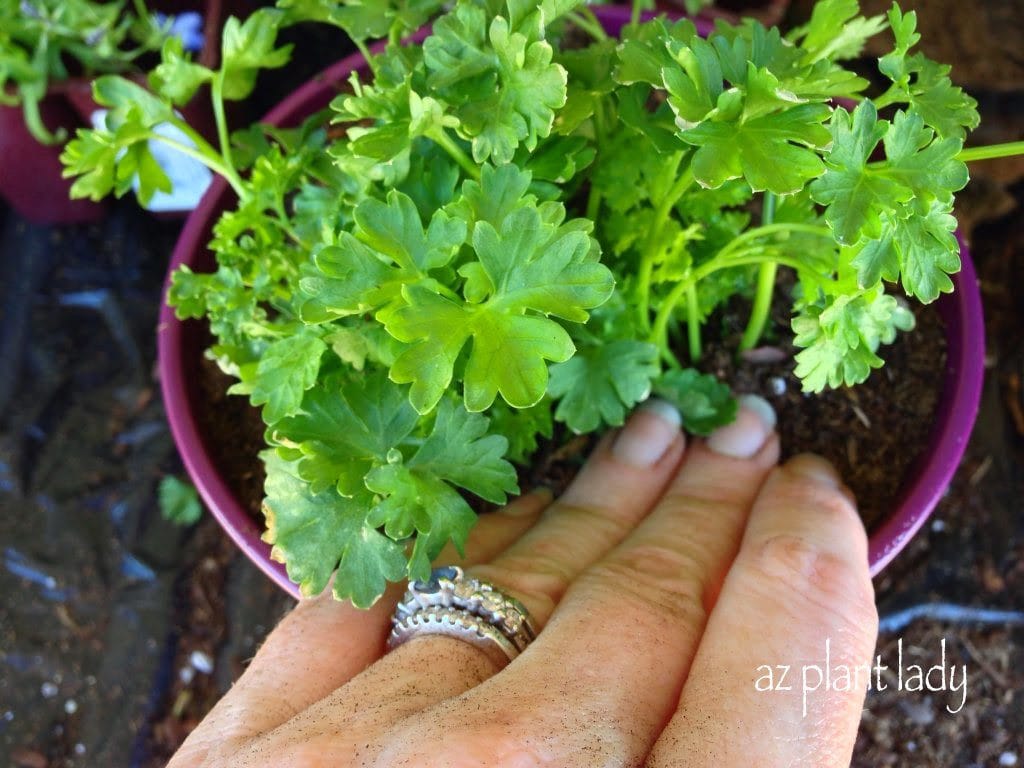
3. Use potting or planting mix.
Avoid using potting soil, which is not formulated for containers and can become soggy.
4. Select what herbs you want to grow.
There are many different herbs that will grow well indoors, which include basil, chives, lemon balm, mint, parsley, sage and thyme.
You can buy herb transplants from your favorite nursery or sometimes at the grocery store.
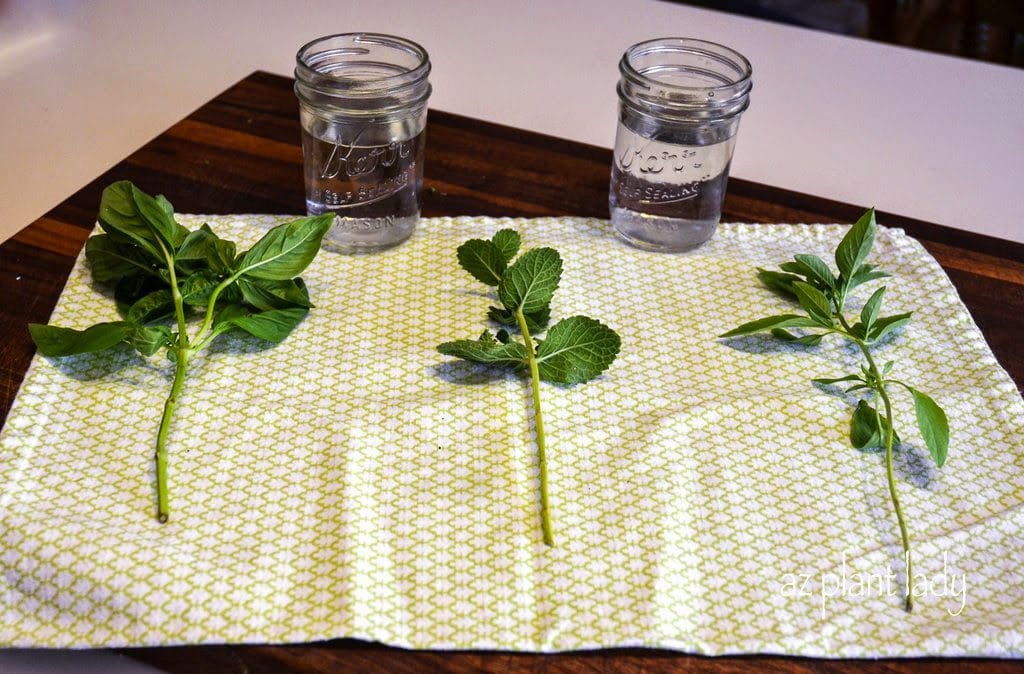
growing herbs indoors
Another way to grow certain herbs is to start them from cuttings.
I ran out to the garden to grab two types of basil and some apple mint to show you how to do this.
Basil and mint are both easy to start from cuttings.
Remove the leaves from the bottom as shown, above. Place the cuttings in a glass of water so that most of the stem is submerged in water, but take care that no leaves are in the water.
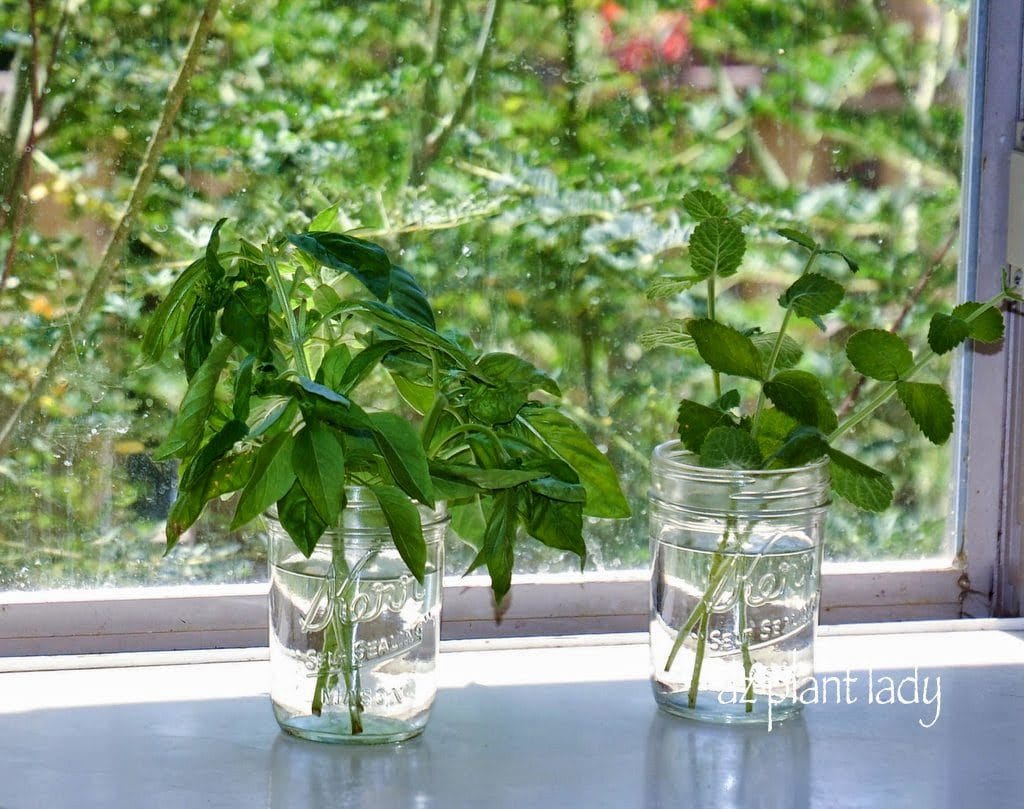
growing herbs indoors
Place in a window with bright, indirect sun. Change the water every other day and watch for roots to develop. Once roots have grown 1/2 – 1 inch, transplant each cutting into a container filled with potting mix and your are done!
I told you it was easy.
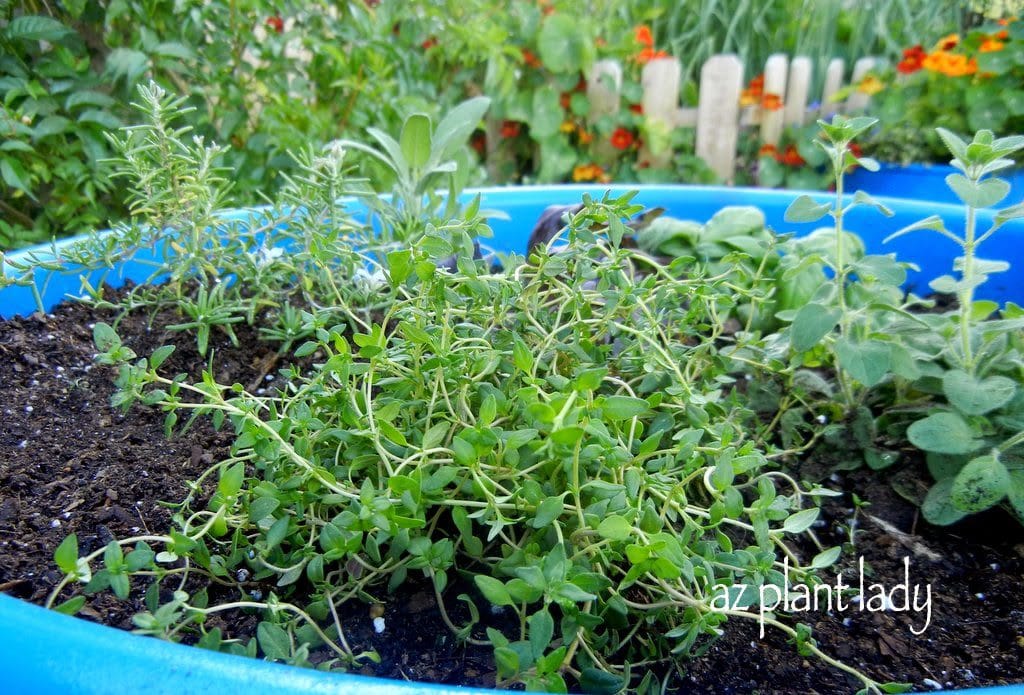
5. Water your potted herbs when the top of the soil feels dry.
Herbs don’t like soggy soil, so it’s best to allow the top of the soil to dry out before watering deeply until the water runs out the bottom.
An easy to tell when it’s time to water is to stick your finger into the soil till you reach your first knuckle – slightly less than an inch. If it feels barely moist, then it is time to water again.
6. Fertilize your herbs.
When plants are grown in pots, they need to be fertilized and herbs are no different. You can apply organic fertilizer granules and work into the top inch of soil OR you can use an organic liquid fertilizer such as fish emulsion.
Follow directions on the granular fertilizer package when applying and guidelines for frequency. In general, liquid fertilizer can be applied every 2 weeks.
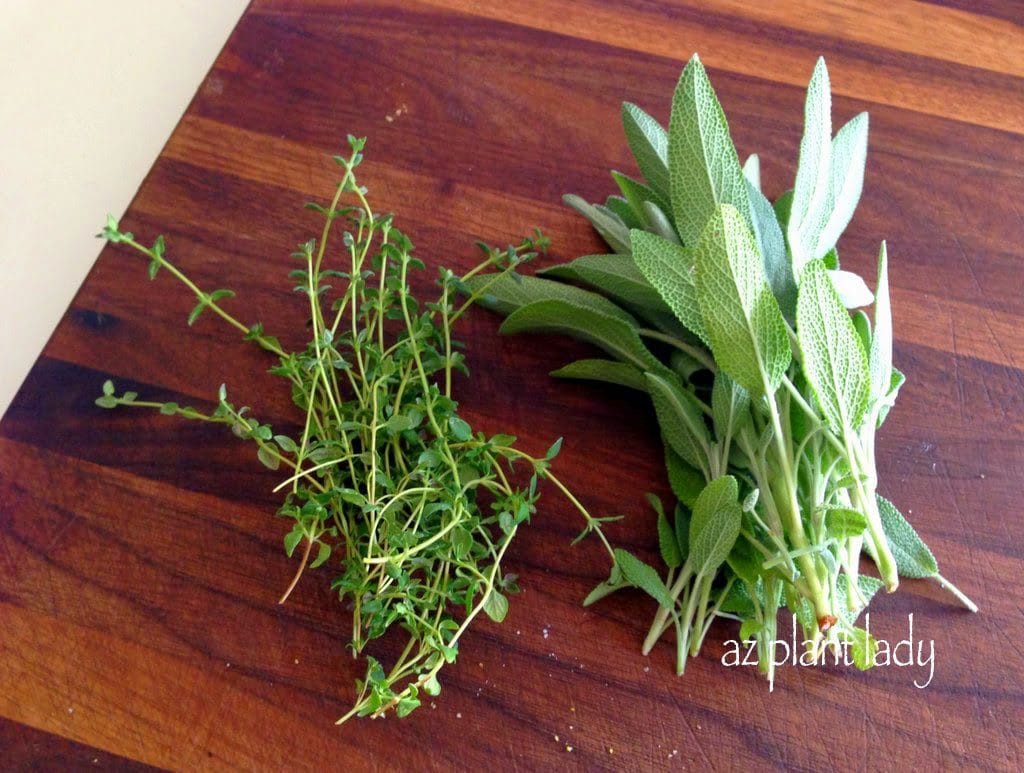
Soon you will have fresh herbs close at hand and ready to use in your favorite dishes.I recently made herbs salts from my herbs, which is fun and easy to do. The flavor that they add to food is just delicious!
Click the links below to learn how to make:
For more information on how to grow herbs and how to preserve them, click on the following links:
Preserve Herbs By Freezing Them Into Ice Cubes


